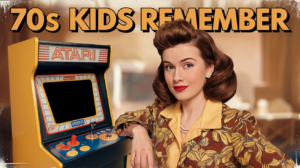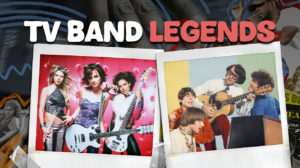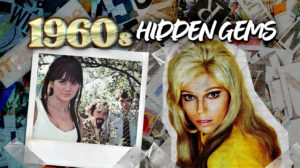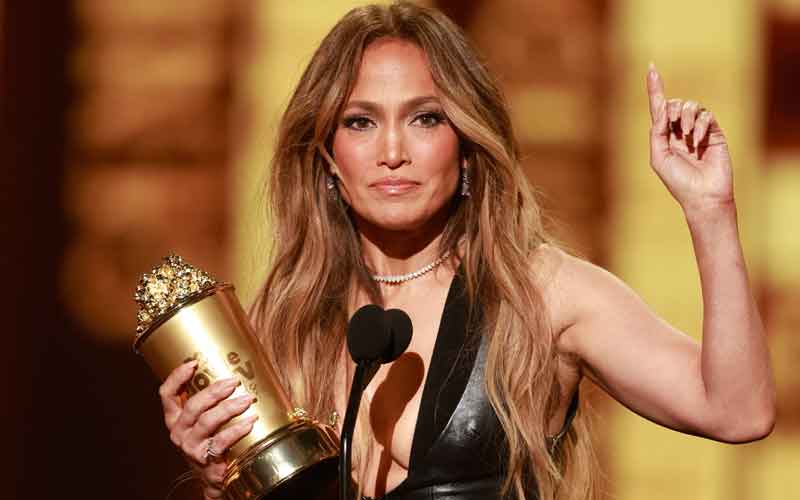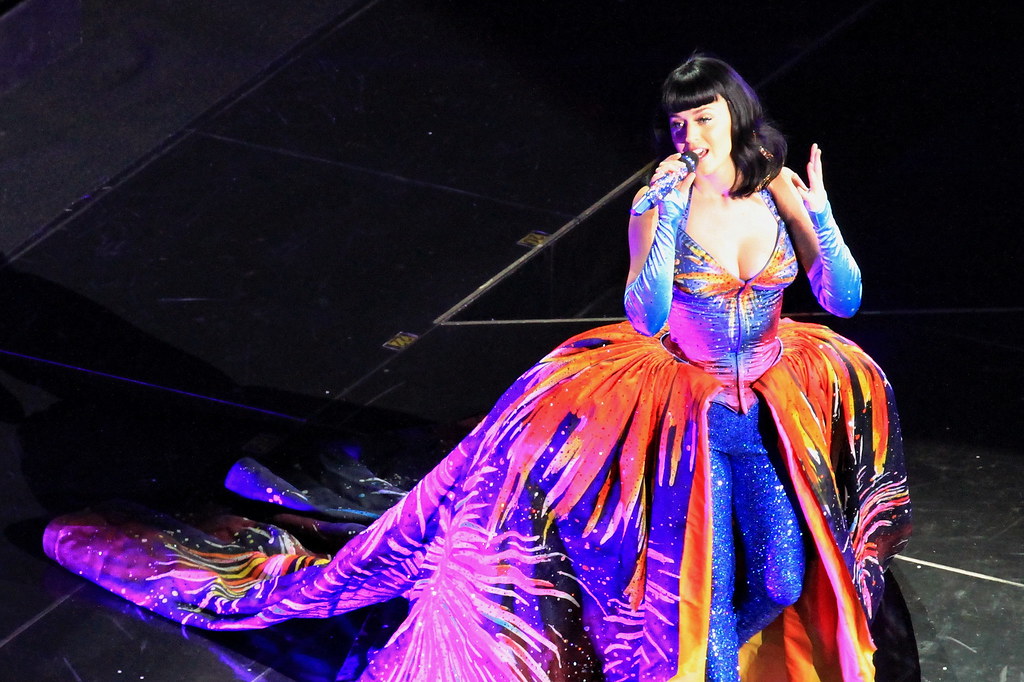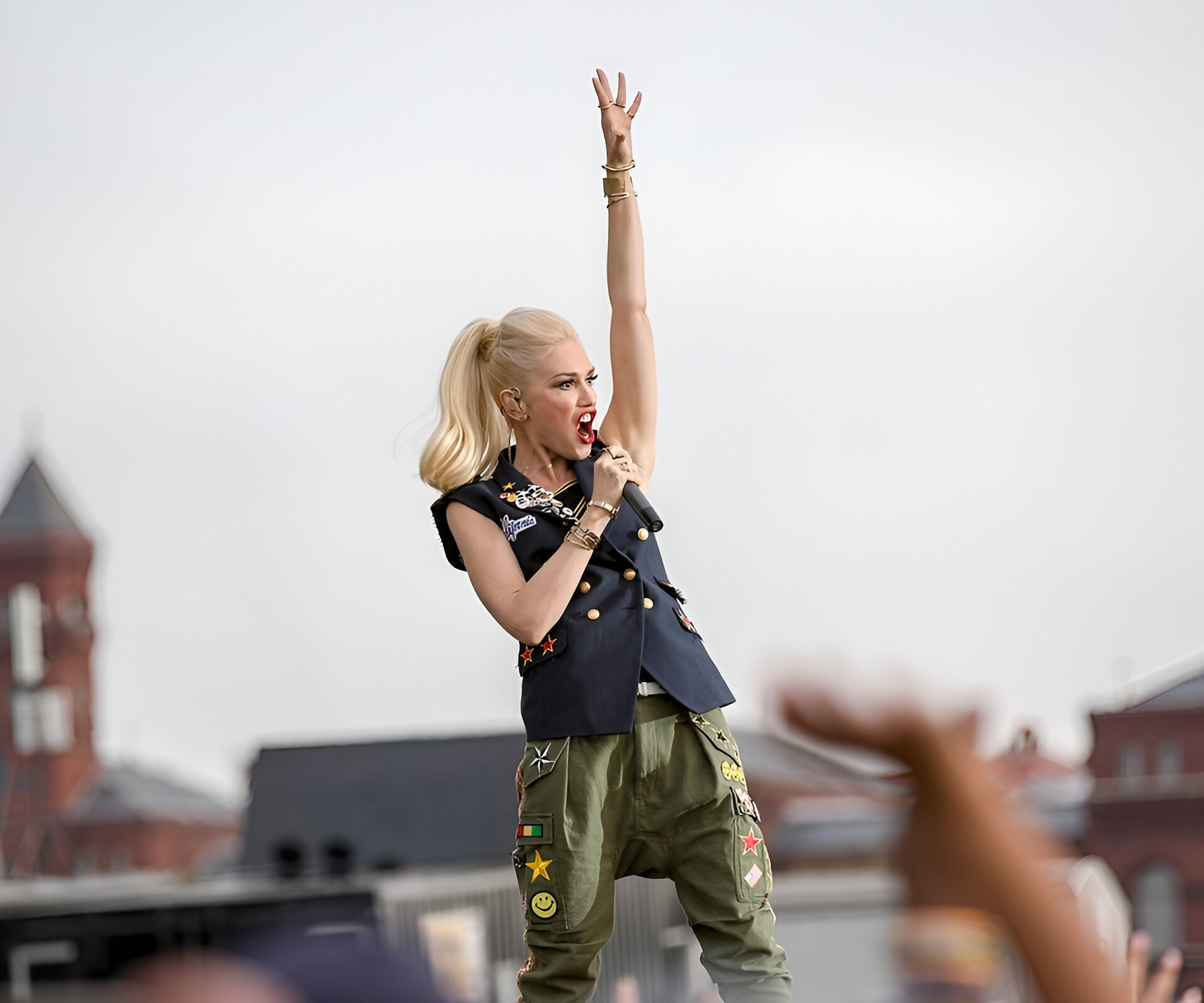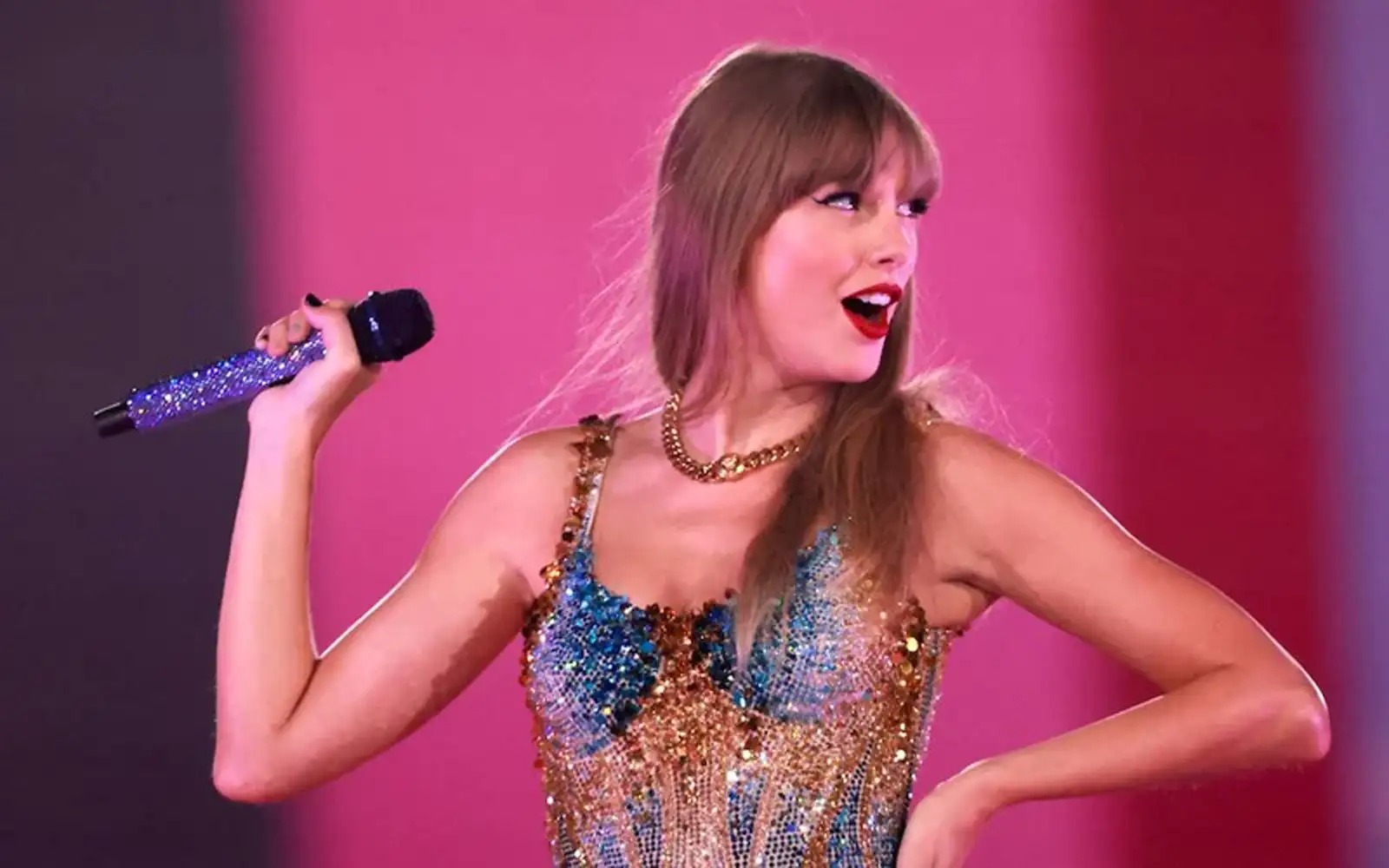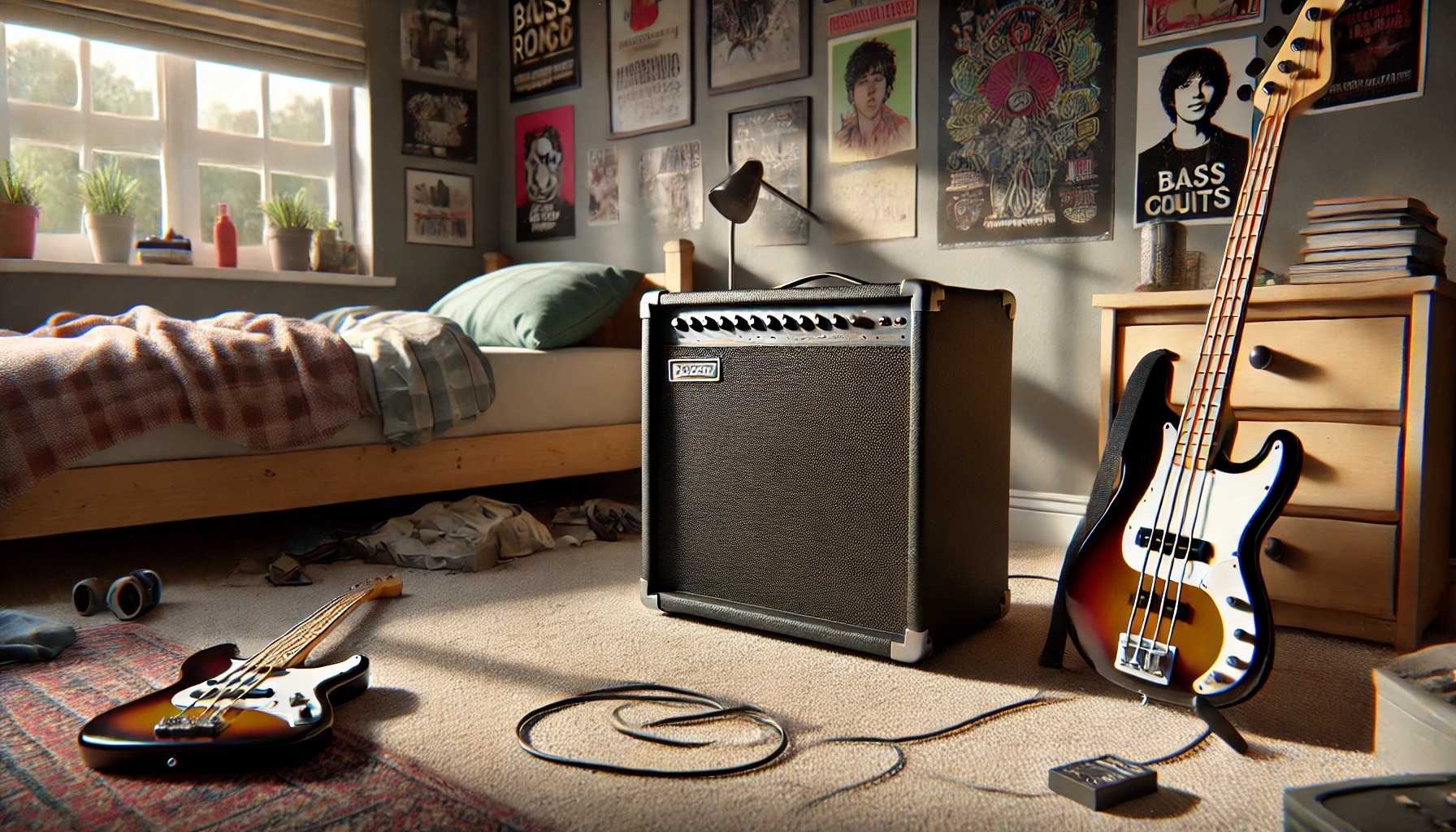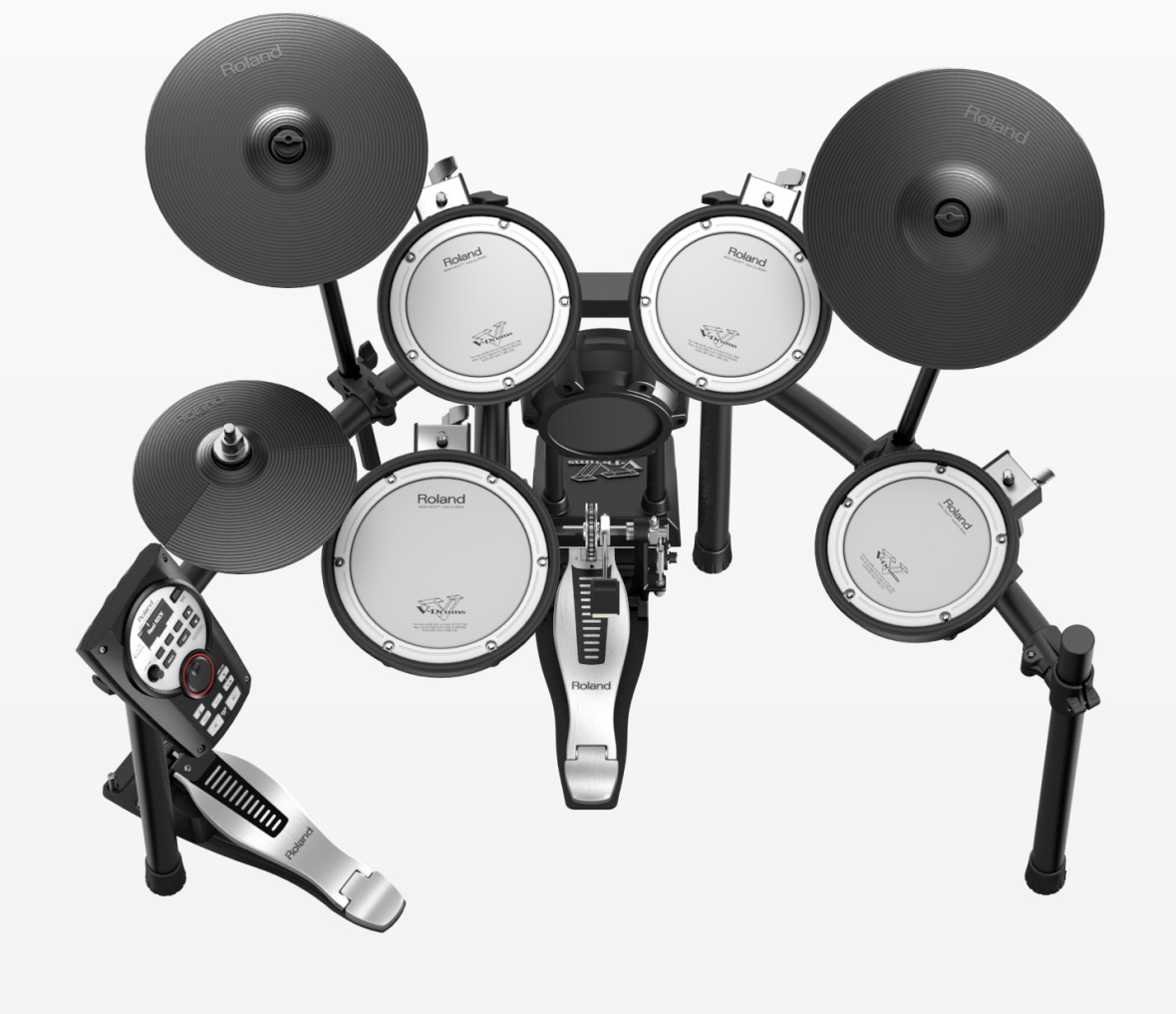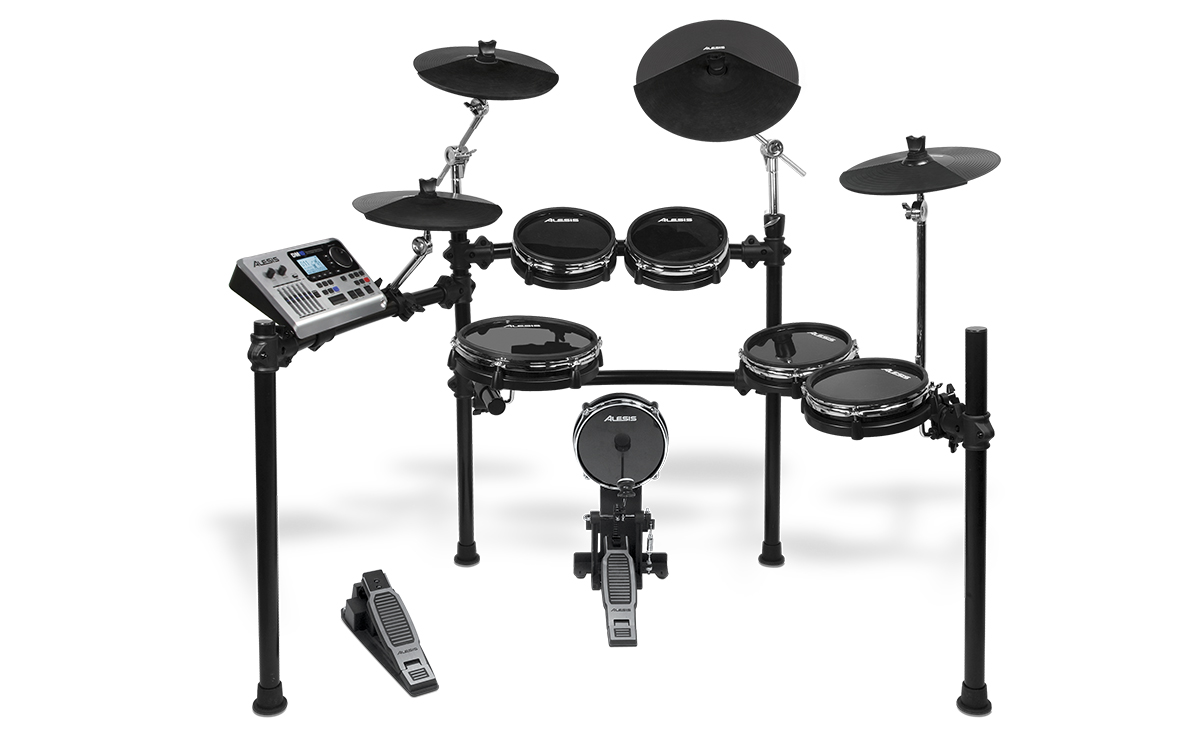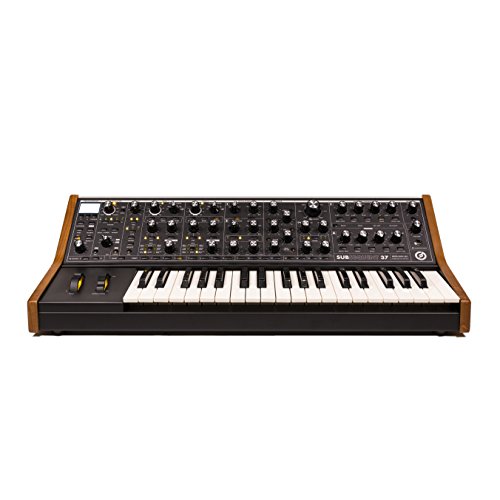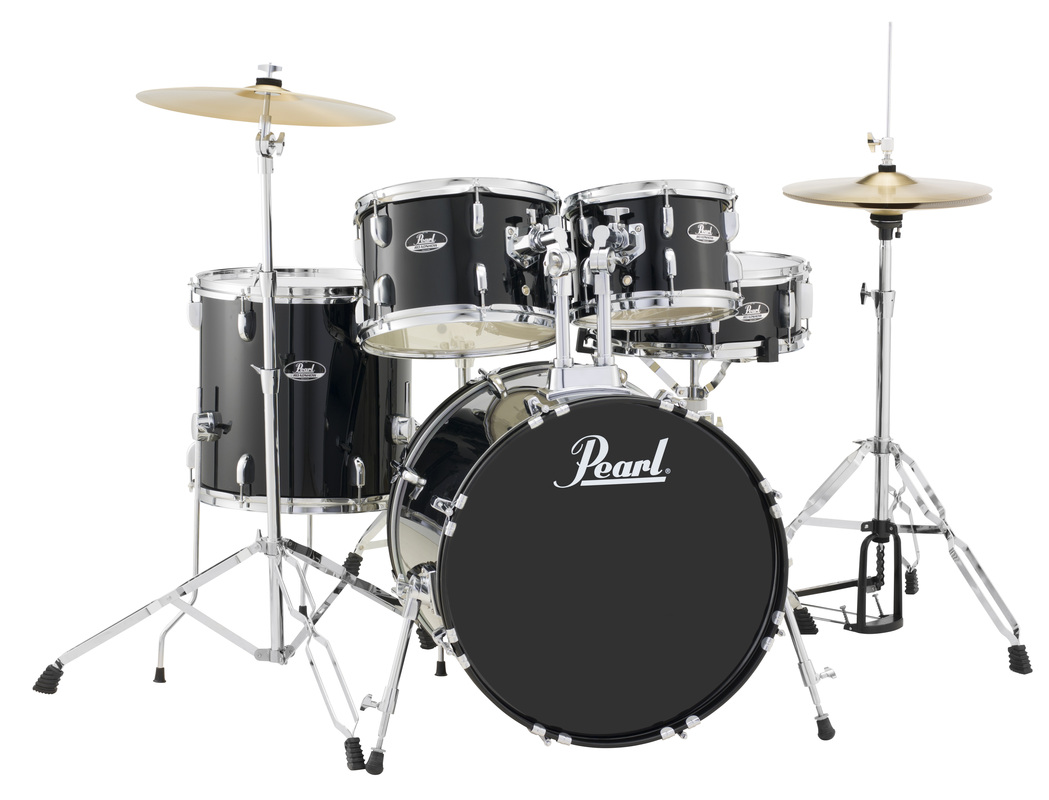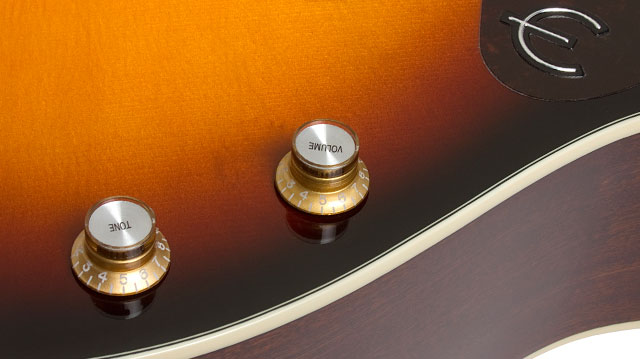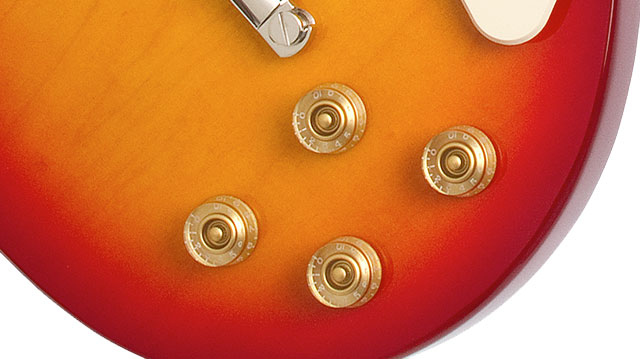
The 1970s transformed American culture through the magnetic pull of the dance floor. Dance fever swept through cities and suburbs, turning ordinary people into glittering stars under the mirror ball. Local roller rinks installed premium sound systems worth $25,000, bringing studio-quality sound to neighborhoods across the country. The fusion of music, motion, and community created entirely new forms of entertainment that united an entire generation.
These joyful gatherings shaped how we think about social spaces today. From disco fever to pet rocks, here are 45 cultural touchstones that made the seventies unforgettable.
45. Shag Carpeting: A Soft, Earthy Embrace
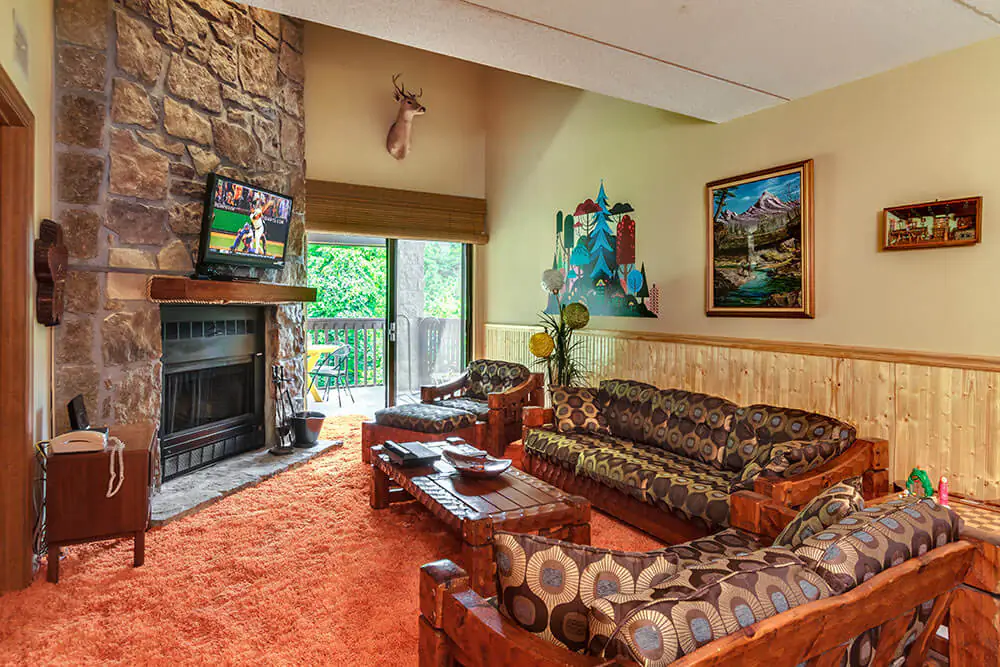
The deep-pile shag carpeting revolution transformed American homes in the early 1970s. Installation rates reached 83% in new suburban homes between 1972-1975, with earth tones dominating the color palette. Harvest gold led sales until 1975, when rustier hues captured the market. Professional carpet cleaners developed specialized equipment for these demanding surfaces, forever changing home maintenance practices in ways that influenced future flooring design.
44. Floral Prints: Bold and Blooming
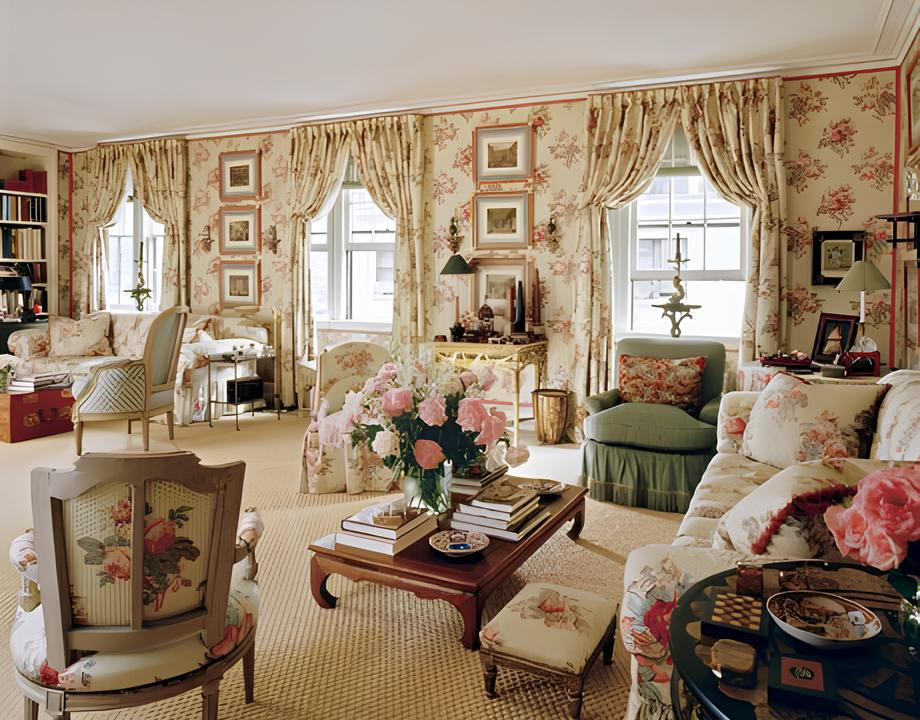
Botanical patterns defined 1970s interior aesthetics through unprecedented scale and color saturation. Major manufacturers like Waverly and Bloomcraft reported 65% of wallpaper sales featured oversized florals. Department stores created dedicated sections for coordinating home goods, capitalizing on the trend’s momentum. These bold designs permanently altered printing technology, introducing techniques that would influence textile production for decades.
43. Macrame Owl: The Ubiquitous Wall Art
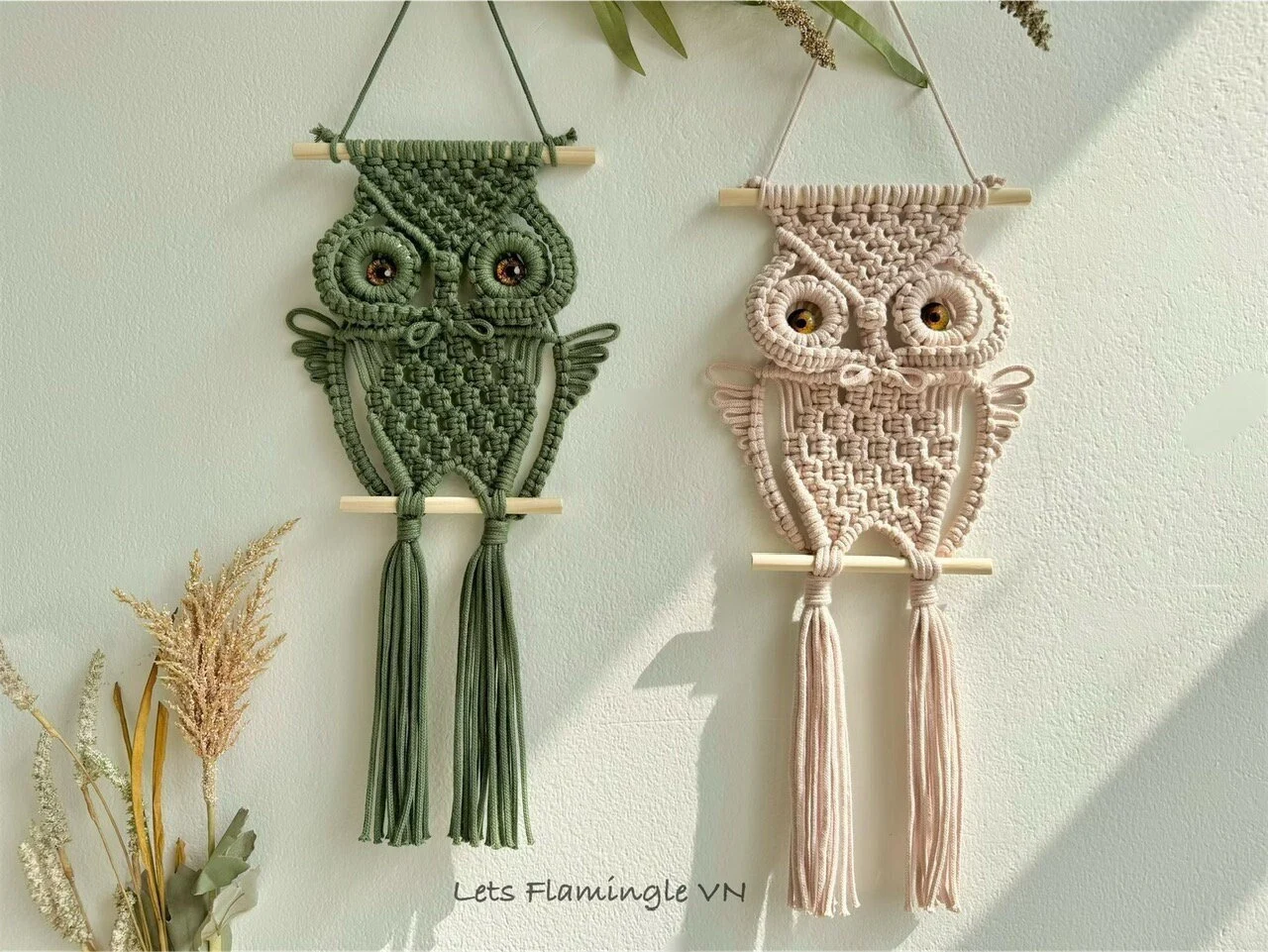
Traditional handicraft experienced renaissance through macramé’s surge in popularity. Craft stores reported 42% of total sales from macramé supplies during 1974. The owl design, originating from a 1971 Woman’s Day pattern, required 27 distinct knot variations. This revival of handcrafted decoration established a maker movement that bridged generations and preserved traditional textile techniques.
42. Pong: The Dawn of Home Video Games
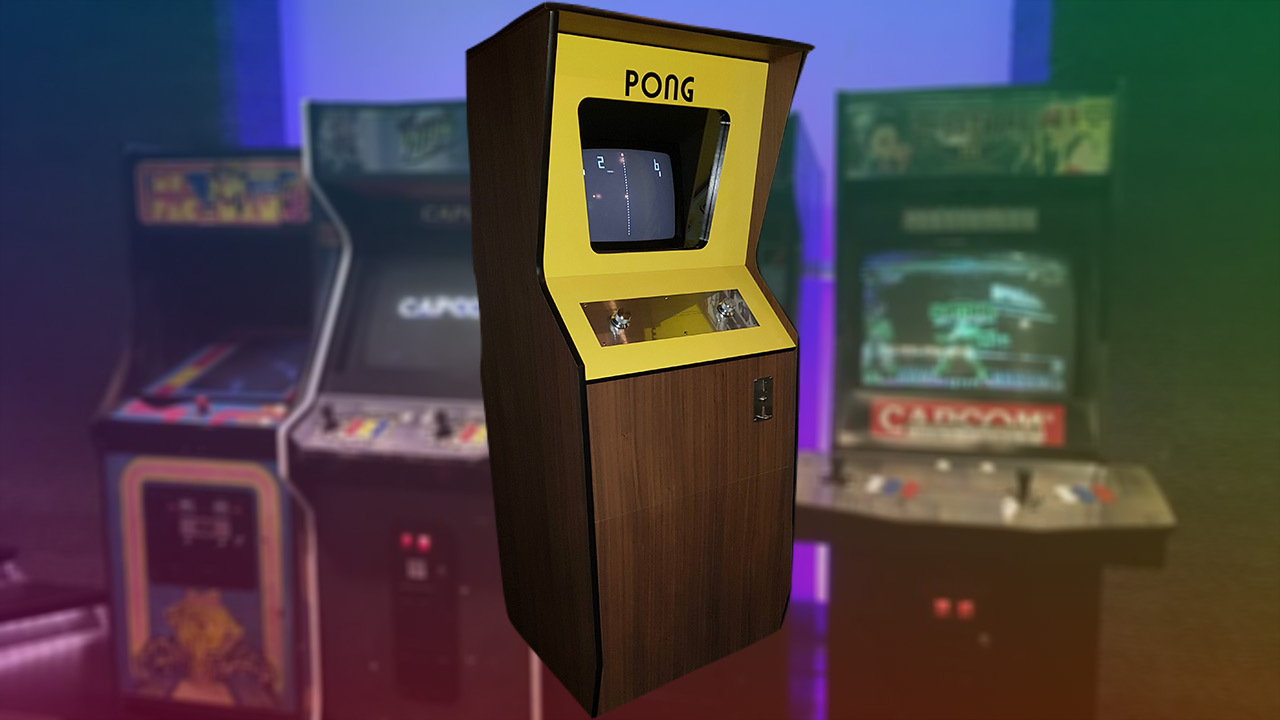
The 1975 holiday season marked a technological watershed with Atari’s home version of Pong. Sears moved 150,000 units within the first month, creating unprecedented demand for electronic entertainment. The simple tennis simulation operated on dedicated circuit boards, producing now-iconic electronic sounds. This modest black-and-white game permanently altered American leisure time, establishing the home video game industry and transforming family rooms into digital playgrounds.
41. Space Invaders: Arcade Mania Takes Off
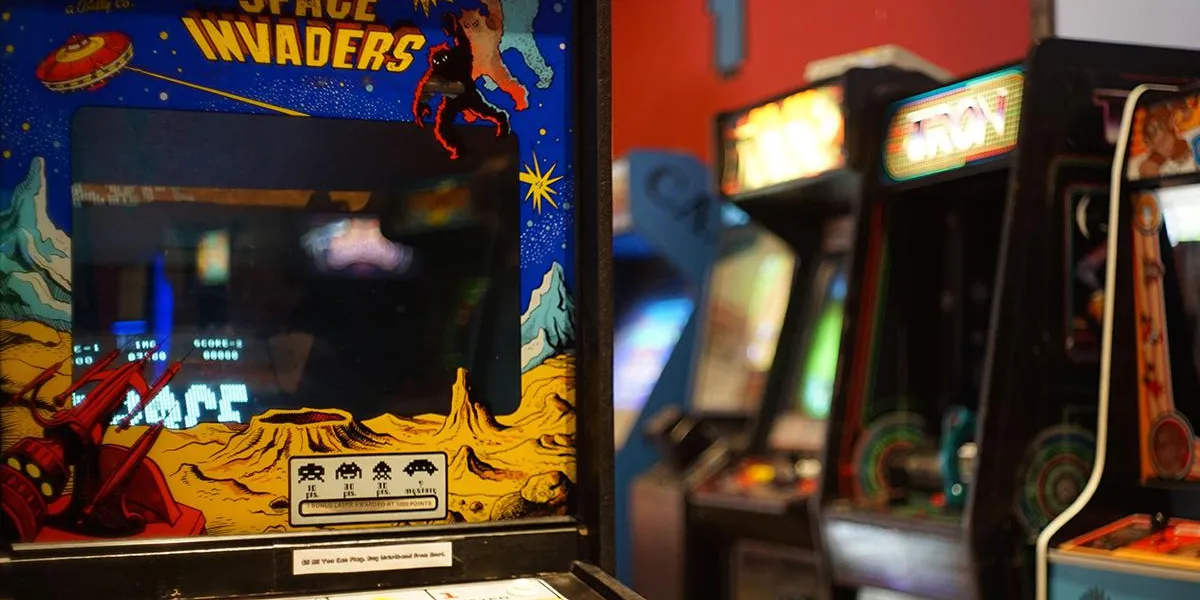
Japanese manufacturer Taito unleashed a cultural phenomenon in 1978 with Space Invaders. First-year earnings reached 100 billion yen, forcing Japan to mint additional coins to meet arcade demand. The game’s success prompted installation of 360,000 machines worldwide by 1979. Space Invaders’ pixelated aliens didn’t just empty pockets of quarters—they established video games as a legitimate entertainment medium that would rival Hollywood.
40. Clackers: Noisy and Dangerous Toys
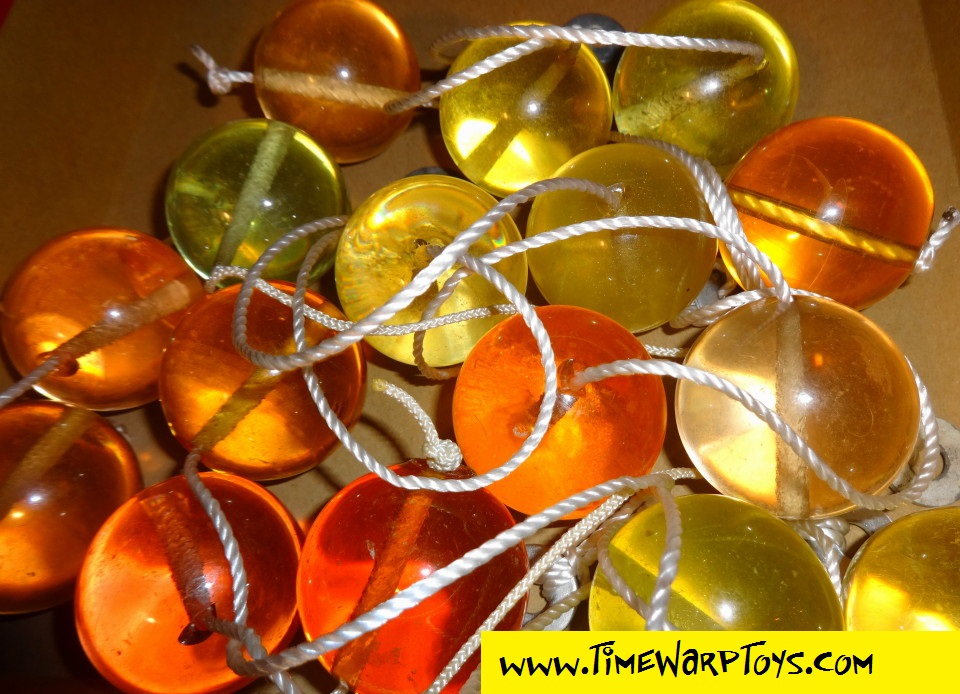
The acrylic sphere craze dominated playgrounds in early 1971 before safety concerns emerged. Manufacturing reached 2.1 million units before the first reported injuries surfaced. The Consumer Product Safety Commission documented 375 cases of shattered spheres. While the FDA’s “mechanical hazard” classification ended their reign, Clackers set precedent for modern toy safety regulations that protect children today.
39. Pet Rock: The Novelty Pet Craze
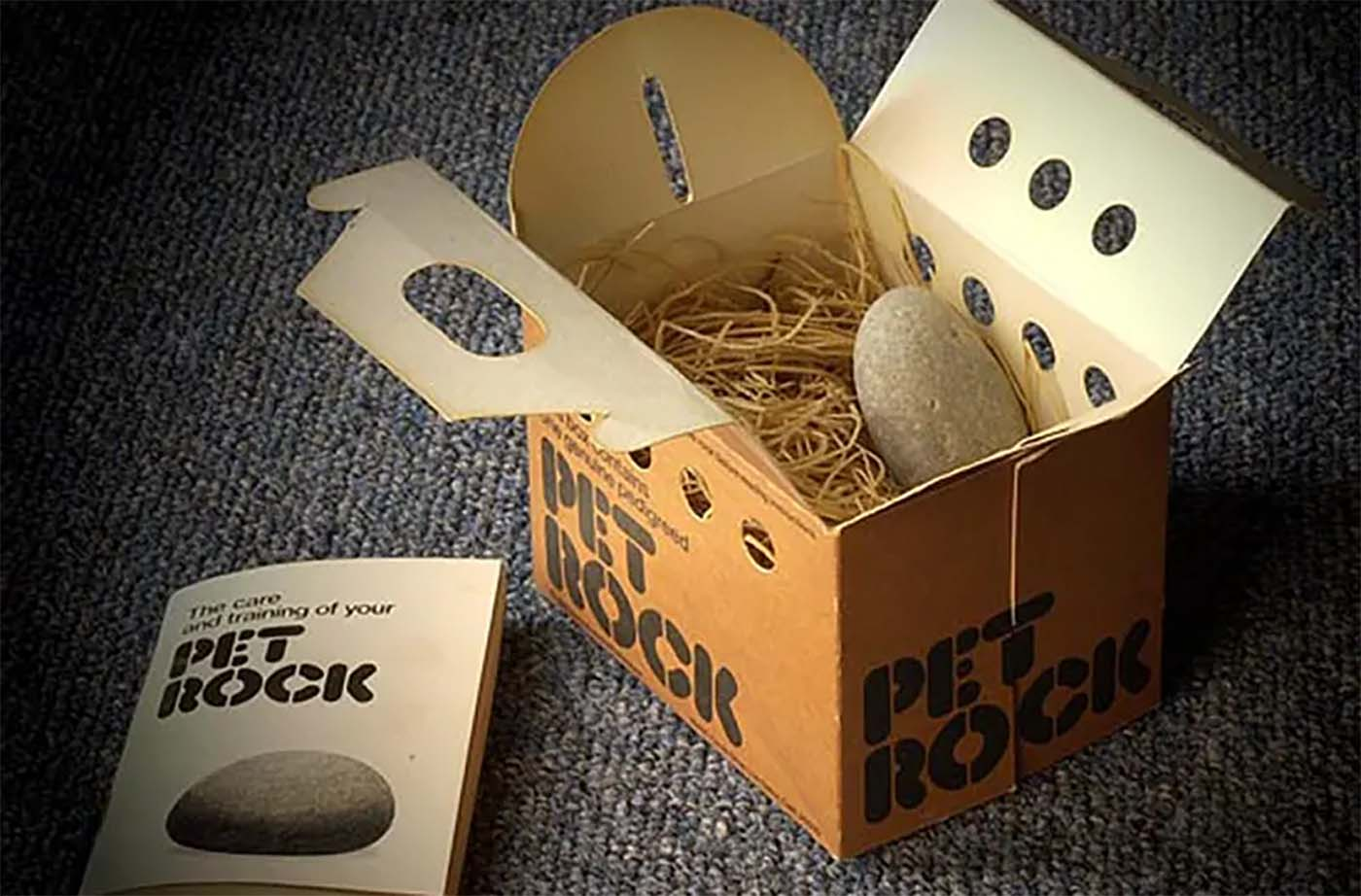
Collectors worldwide often marvel at the absurd brilliance of the pet rock, a $4 phenomenon that captured America’s imagination in the most unexpected way. This “pet” arrived in a carefully crafted cardboard carrying case, complete with air holes and an instruction manual that transformed an ordinary stone into an interactive companion. Enthusiasts would dress their rocks with googly eyes, creating personalities for these inanimate companions and treating them with the same care one might show a living pet.
38. Metal Lunch Boxes: Sturdy and Stylish School Gear

Thermos revolutionized school accessories through licensed character lunch boxes throughout the 1970s. Their 120 unique designs between 1970-1979 captured popular culture in portable form. The Fonz edition achieved record sales of 2.5 million units, demonstrating the growing intersection of entertainment and everyday items. These steel canvases chronicled American pop culture, creating collectibles that would later document the decade’s shifting tastes.
37. Bowl Haircut: The Salad Bowl Style
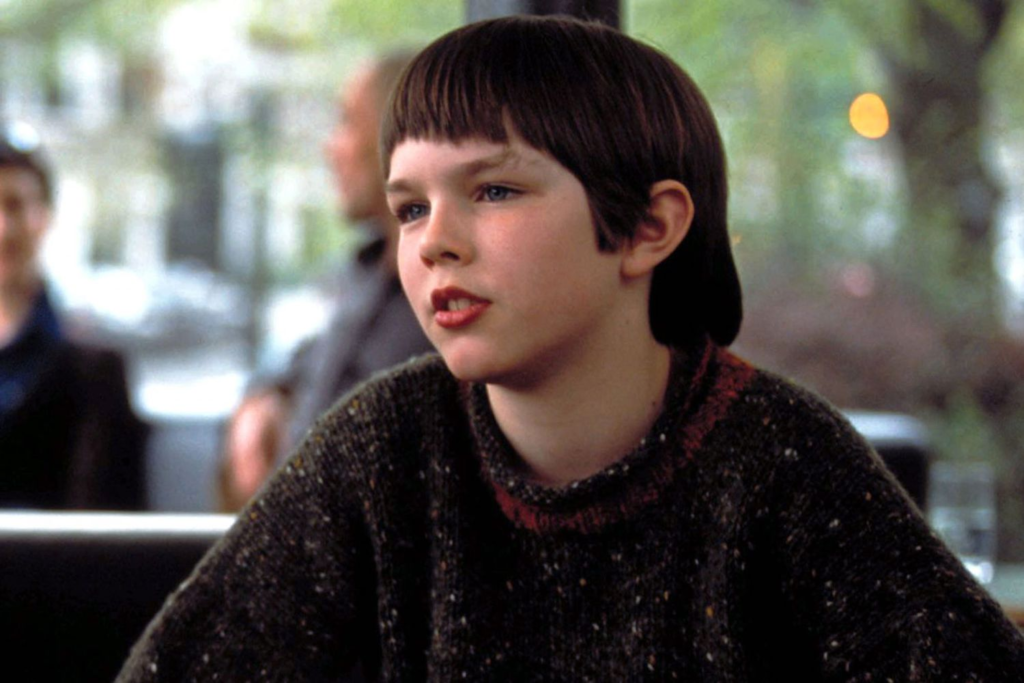
Dorothy Hamill’s Olympic triumph in 1976 launched a precision-cut revolution in American hair styling. Professional salons reported 75% of client requests mimicked the champion skater’s distinctive look. Vidal Sassoon’s standardization of the technique transformed stylist training nationwide. This geometric cut democratized high-fashion hairstyling, introducing precision techniques that would influence professional cutting methods for generations.
36. Schoolhouse Rock: Learning Through Song
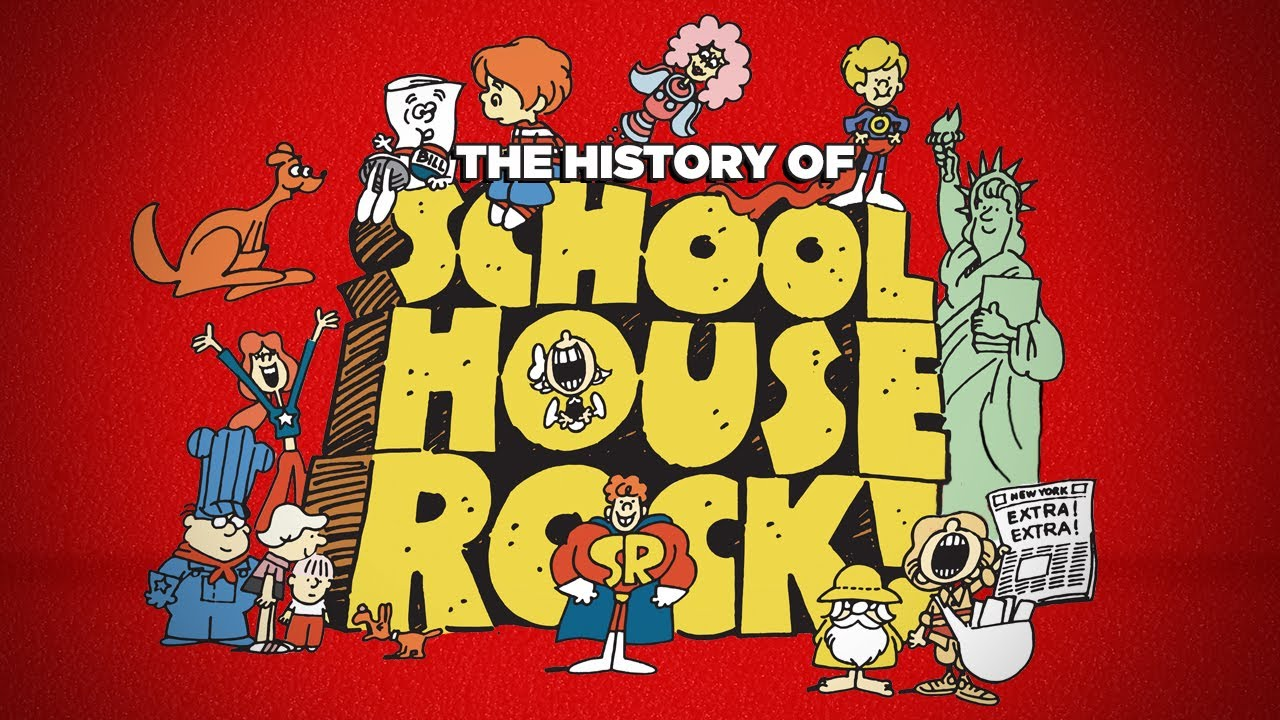
ABC’s animation team revolutionized educational programming in 1973 by marrying curriculum with catchy melodies. The series produced 41 original segments reaching 14 million viewers each Saturday morning. Teacher evaluations showed dramatic improvement in student comprehension of complex concepts. These three-minute segments fundamentally altered educational television, proving that entertainment could effectively deliver academic content.
35. Mood Ring: Wearing Your Emotions
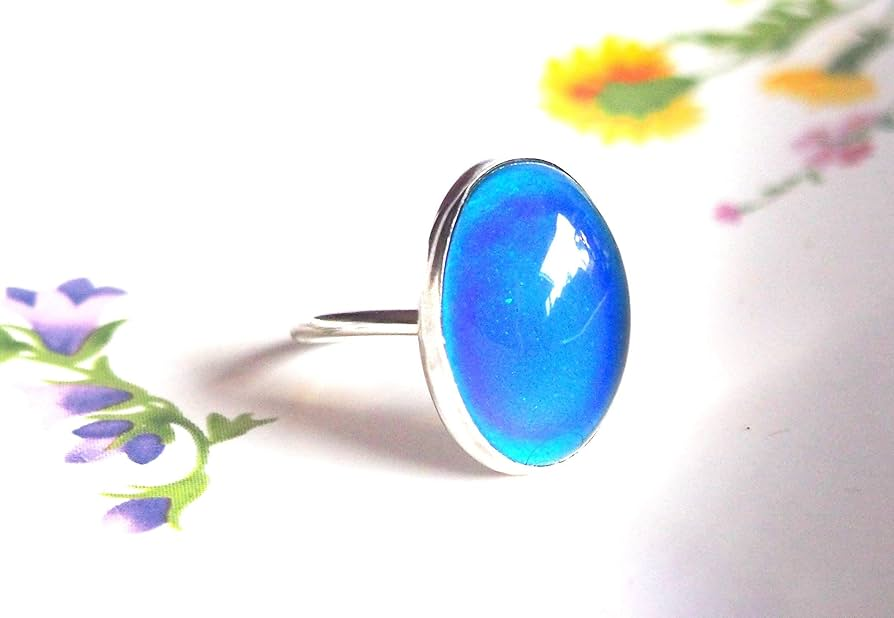
Manhattan jeweler Josh Reynolds introduced biorhythmic fashion to American consumers in 1975. Initial prices commanded $45 at luxury retailers until mass production methods emerged. The liquid crystal technology required precise body temperatures between 70-90 degrees Fahrenheit for accurate display. Beyond starting a fashion trend, these color-changing accessories pioneered the integration of responsive materials into everyday jewelry.
34. Tiger Beat Magazine: Teen Pop Culture Central
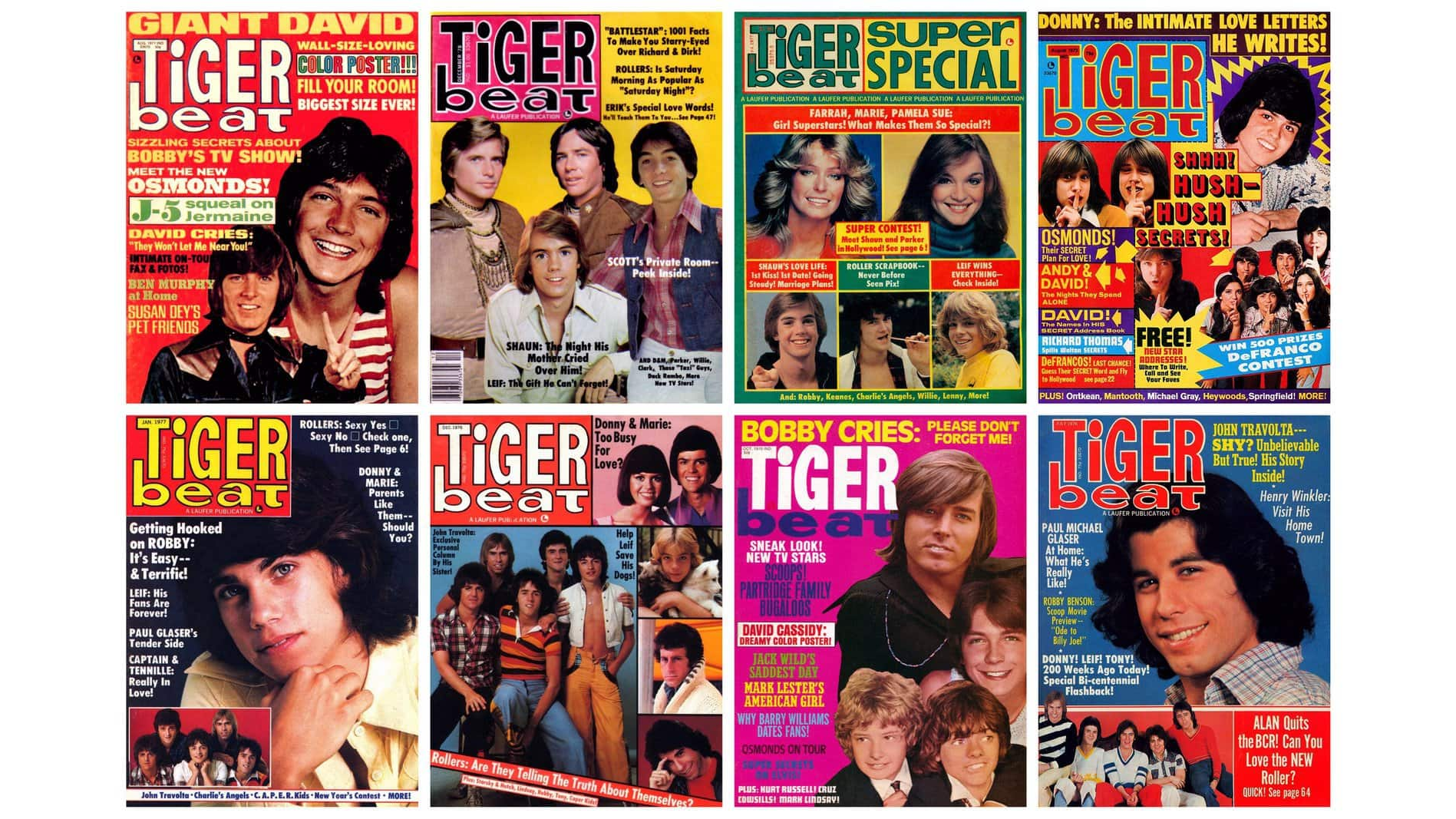
Teen media transformed when Tiger Beat perfected the formula for youth-driven content in 1972. Monthly circulation soared to 1.2 million copies during the peak of David Cassidy’s popularity. The magazine maintained 15 staff photographers to capture exclusive celebrity content. This dedicated coverage created a new template for teen media, establishing conventions that would shape entertainment journalism well into the digital age.
33. Tube Socks: Knee-High Fashion Statement
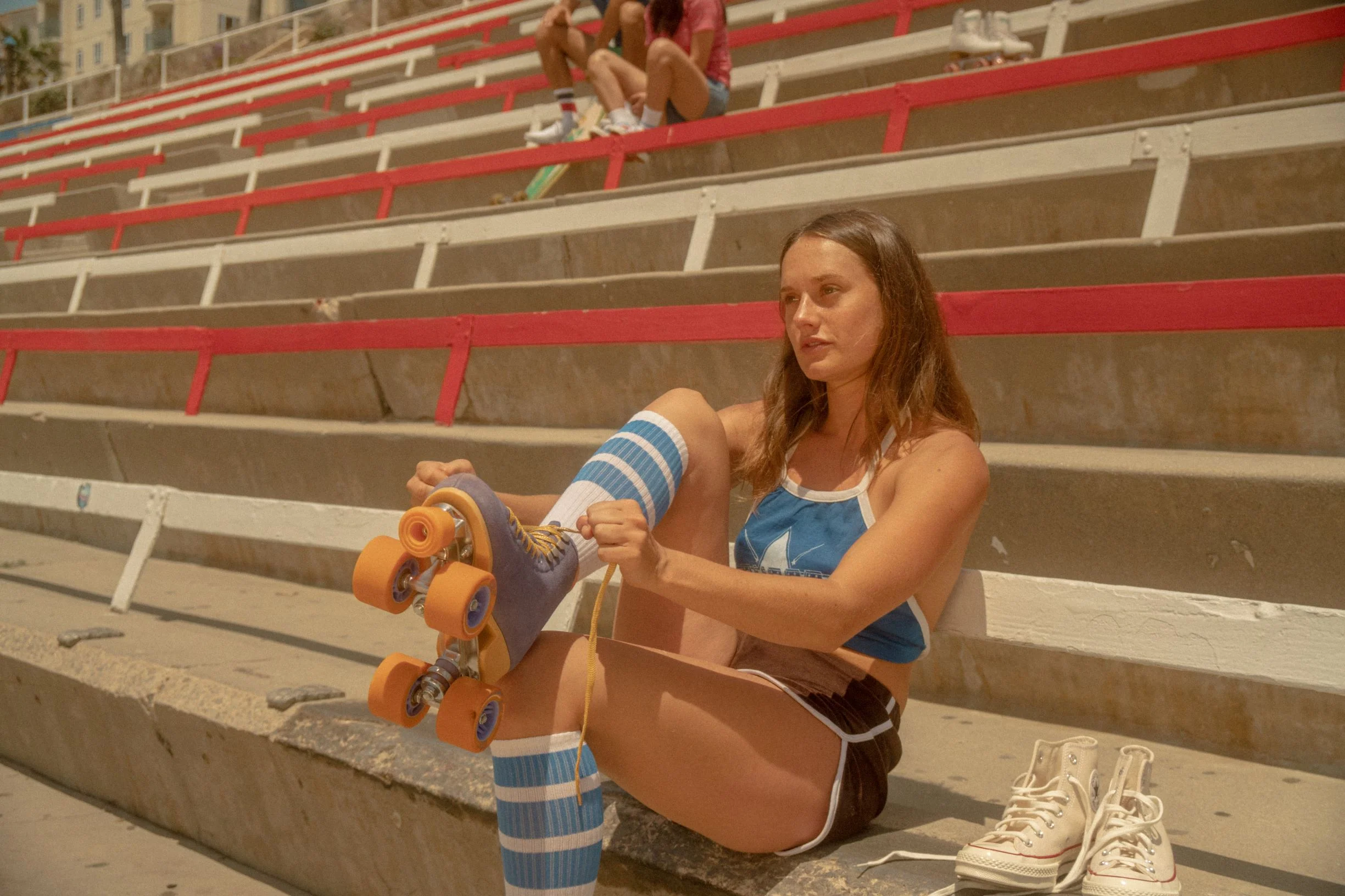
Burlington Mills transformed athletic wear by introducing the one-size-fits-all tube sock in 1972. Their synthetic blend incorporating 22% Spandex revolutionized comfort and durability standards. Production facilities shipped 325 million pairs annually by 1977. These striped classics bridged the gap between sportswear and fashion, establishing athletic accessories as legitimate style statements.
32. Short Shorts and Striped Tube Socks: A Universal Style

If you played sports in the mid-70s, your uniform likely followed the NBA’s trend-setting style guide. The league’s 3-inch inseam requirement sparked a nationwide fashion movement. High school athletic departments reported 85% adoption rates by 1976, making those thighs impossible to hide. What started as a professional basketball uniform requirement became the defining look of 1970s athletics, forever changing how Americans viewed sportswear comfort.
31. Jaws: Fear in the Water
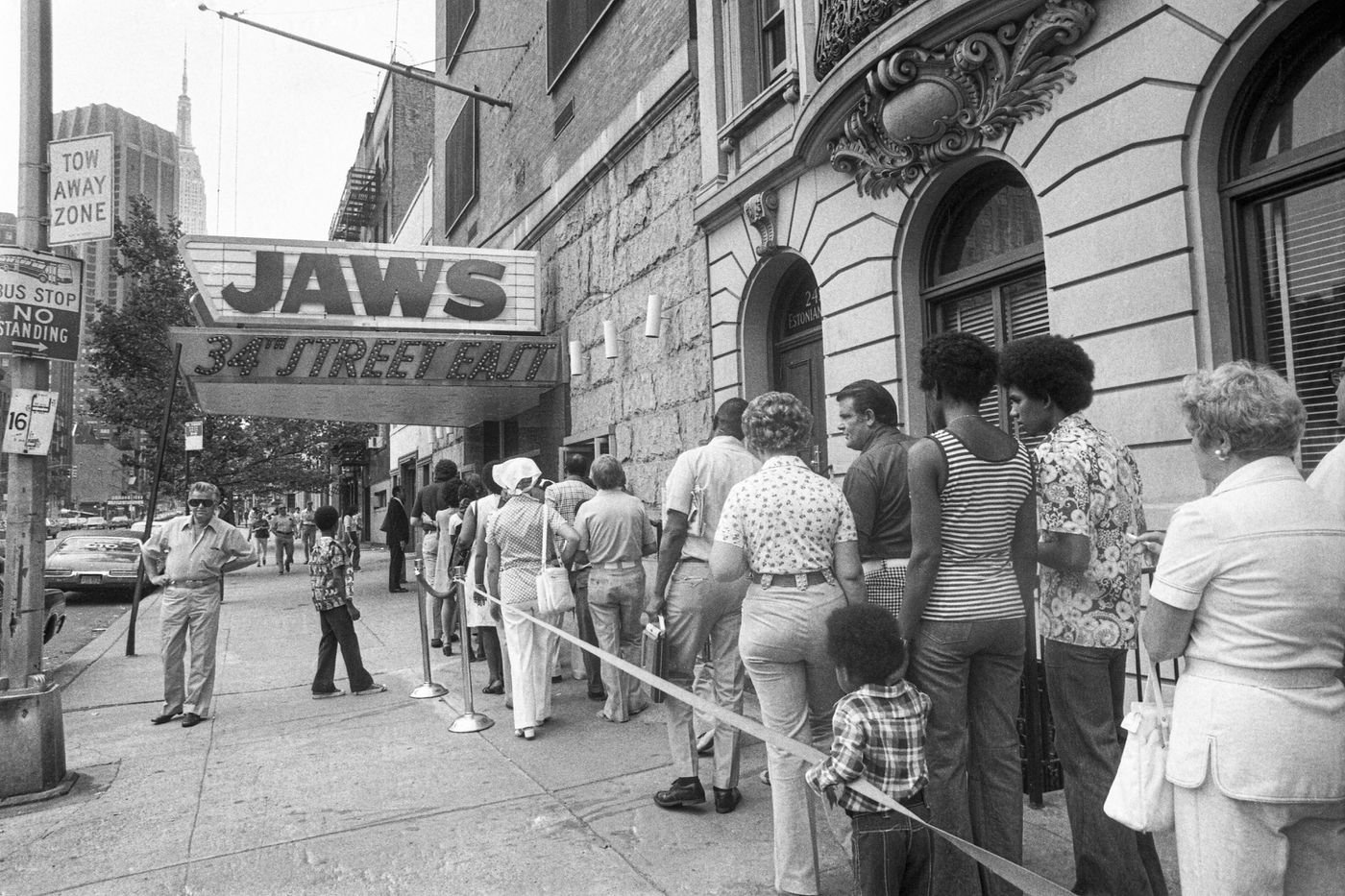
Just when you thought it was safe to go swimming, Universal Pictures unleashed Jaws in summer 1975. Opening weekend revenues hit $7 million, while beach attendance dropped 25% nationwide. The film’s success prompted theaters to run round-the-clock screenings, maintaining 90% capacity for six straight weeks. Beyond empty beaches, Jaws created the summer blockbuster template that Hollywood still follows today.
30. Star Wars: A Galaxy Far, Far Away
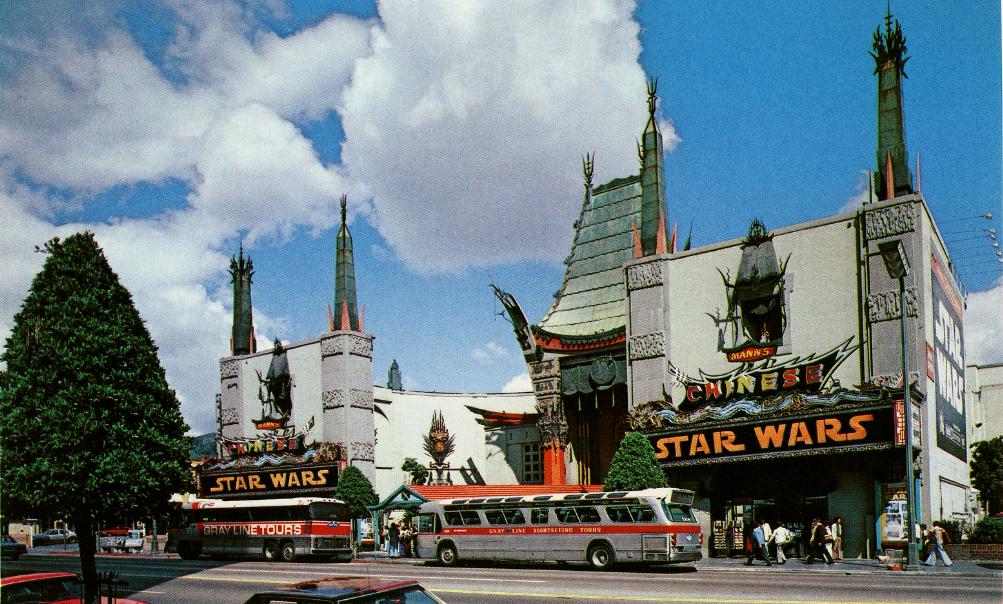
Anyone could be a dancer when these synchronized moves took over social gatherings in 1975. The Hustle introduced 40 million Americans to standardized dance steps through TV and local instruction. Van McCoy’s infectious tune dominated Billboard’s charts for 14 weeks. These accessible routines transformed awkward wallflowers into confident dancers, creating shared experiences that still unite party crowds today.
29. The Hustle, YMCA, and Chicken Dance: Dance Craze Mania

Anyone could be a dancer when these synchronized moves took over social gatherings in 1975. The Hustle introduced 40 million Americans to standardized dance steps through TV and local instruction. Van McCoy’s infectious tune dominated Billboard’s charts for 14 weeks. These accessible routines transformed awkward wallflowers into confident dancers, creating shared experiences that still unite party crowds today.
28. Music Obsession and Eight-Track Tapes: Audio on the Go
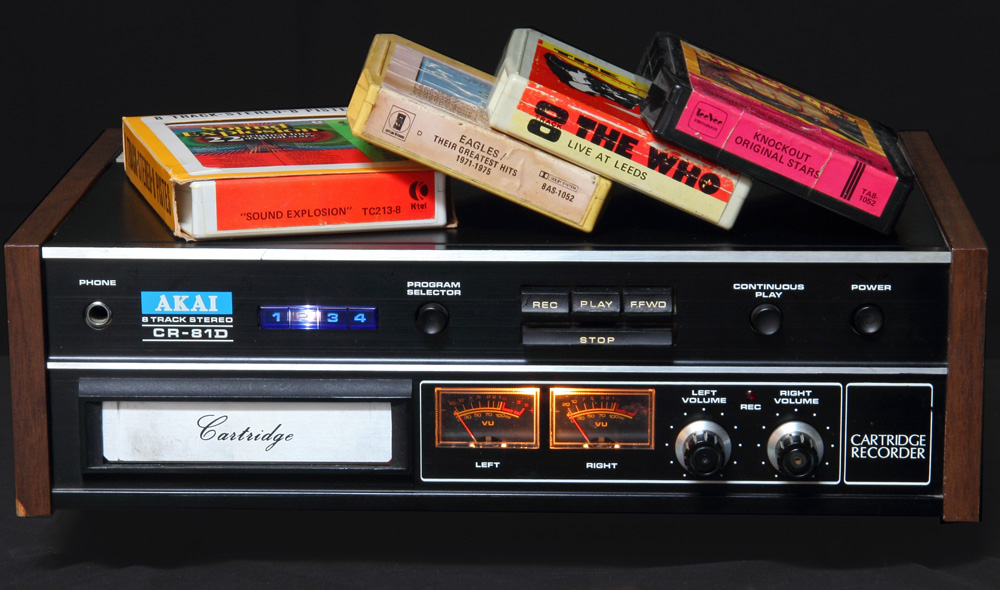
Remember that distinctive ka-chunk sound between songs? Eight-tracks dominated car audio from 1972 to 1977. Detroit installed players in 65% of new vehicles, while RCA’s factories churned out 1.2 million tapes monthly. You never knew exactly when your favorite song would be interrupted by a track change, but that continuous loop design meant no rewinding. These clunky cartridges paved the way for truly portable music, despite their quirky technology.
27. Disco and Roller Disco: Groovy Nights
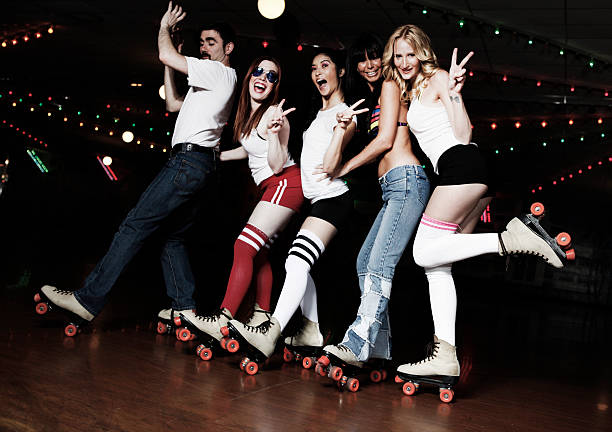
If you couldn’t afford Studio 54’s velvet rope treatment, your local roller rink offered just as much glamour on wheels. The Empire Roller Rink’s 1977 disco integration sparked a nationwide phenomenon. Within two years, 400 dedicated venues featured state-of-the-art sound systems costing upward of $25,000. Those glittering balls and polished floors created a democratic dance space where anyone could be a star, revolutionizing nightlife accessibility.
26. TV Reception Woes and Test Patterns: Analog Frustrations

You haven’t lived until you’ve played human antenna, holding tinfoil-wrapped rabbit ears at precisely the right angle. A 1976 Nielsen study revealed that poor reception plagued 65% of American households. Standing on one foot while adjusting the antenna became a national pastime. Those late-night test patterns, accompanied by the national anthem, created a shared experience that united insomniacs across time zones.
25. Happy Days, MASH, and Saturday Night Live: Prime Time Hits
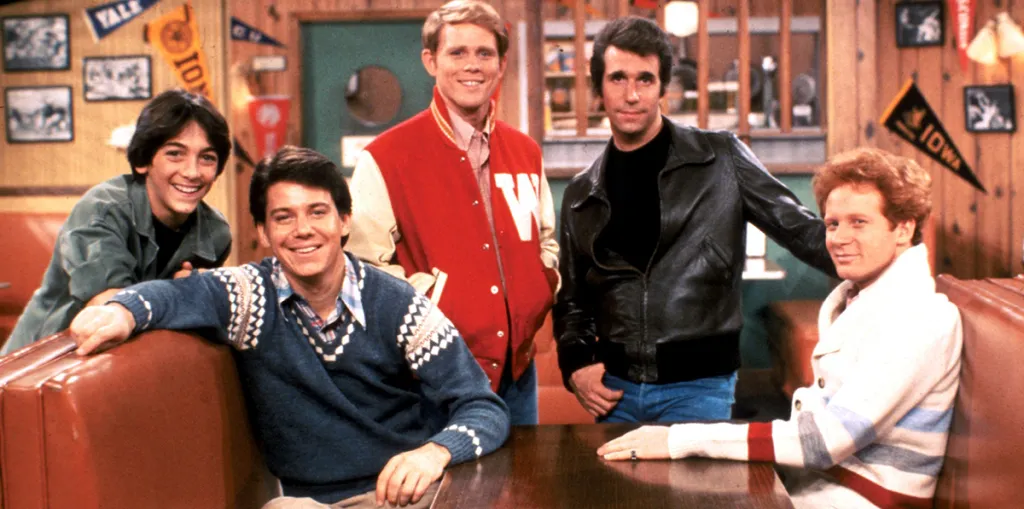
Television’s golden age arrived when these three shows redefined what you could expect from your TV set. MAS*H captured 25 million weekly viewers while sneaking social commentary between the laughs. Happy Days dominated with 31% market share, proving nostalgia could sell even during turbulent times. SNL’s 28% late-night audience share proved that Americans were ready for edgier content, forever changing comedy’s boundaries.
25. Cheese Log and Cheese Ball: Party Appetizers
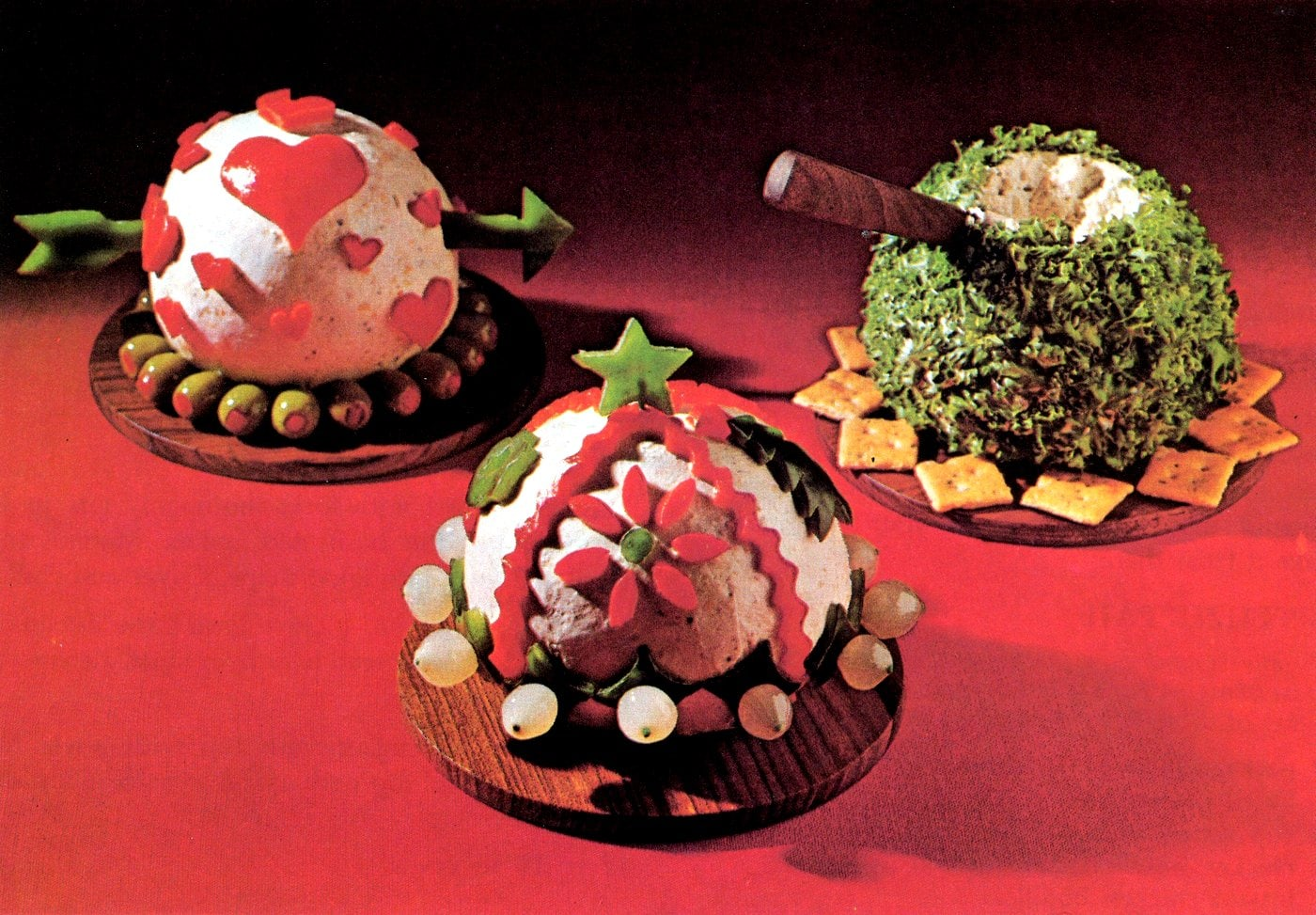
No 1970s hostess worth her weight in Ritz crackers would dare serve guests without a cheese ball centerpiece. Sales of processed cheese products rose 35% between 1974-1976, driven by appetizer trends. Your status as a party maven hinged on creative variations, with pecan-encrusted varieties leading popularity polls. These dairy-based delicacies transformed humble cheese spreads into conversation pieces, establishing party food presentation standards that would influence decades of entertaining. Speaking of food, here are 20 iconic foods only those who grew up in the 70s will remember.
24. Hamburger Helper: Dinner in a Box
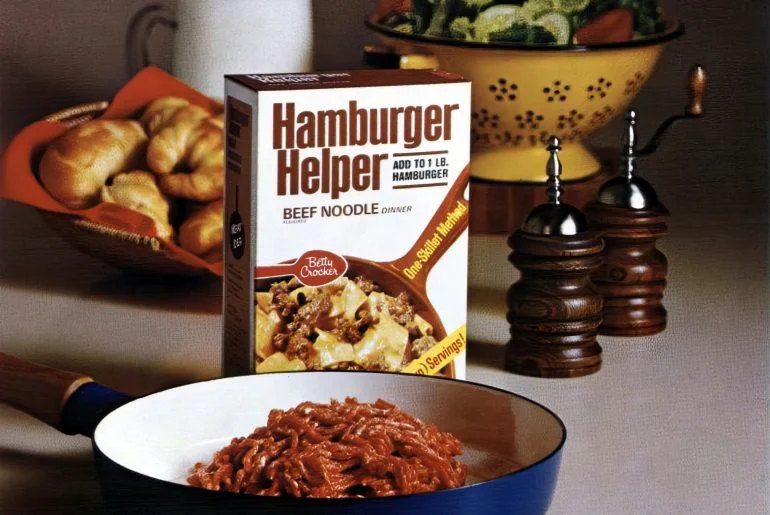
General Mills revolutionized weeknight dining with this instant meal solution in 1971. When ground beef prices skyrocketed 45% in 1973, Hamburger Helper became America’s go-to budget stretcher. The brand launched five original flavors, with Beef Noodle leading sales. This convenient combination of pasta and powdered sauce didn’t just save dinner – it changed how busy families approached meal preparation, introducing a new category of semi-homemade cooking.
23. Watergate Scandal: Political Turmoil on TV

Americans collectively held their breath during the 250 hours of televised Watergate hearings in 1973. Daytime soap operas lost 30% viewership to Senator Sam Ervin’s commanding presence. If you weren’t discussing the latest revelations around the water cooler, you weren’t part of the national conversation. The scandal’s televised proceedings transformed political coverage, establishing transparency expectations that would influence all future administrations.
22. The Marlboro Man: Rugged Cigarette Icon
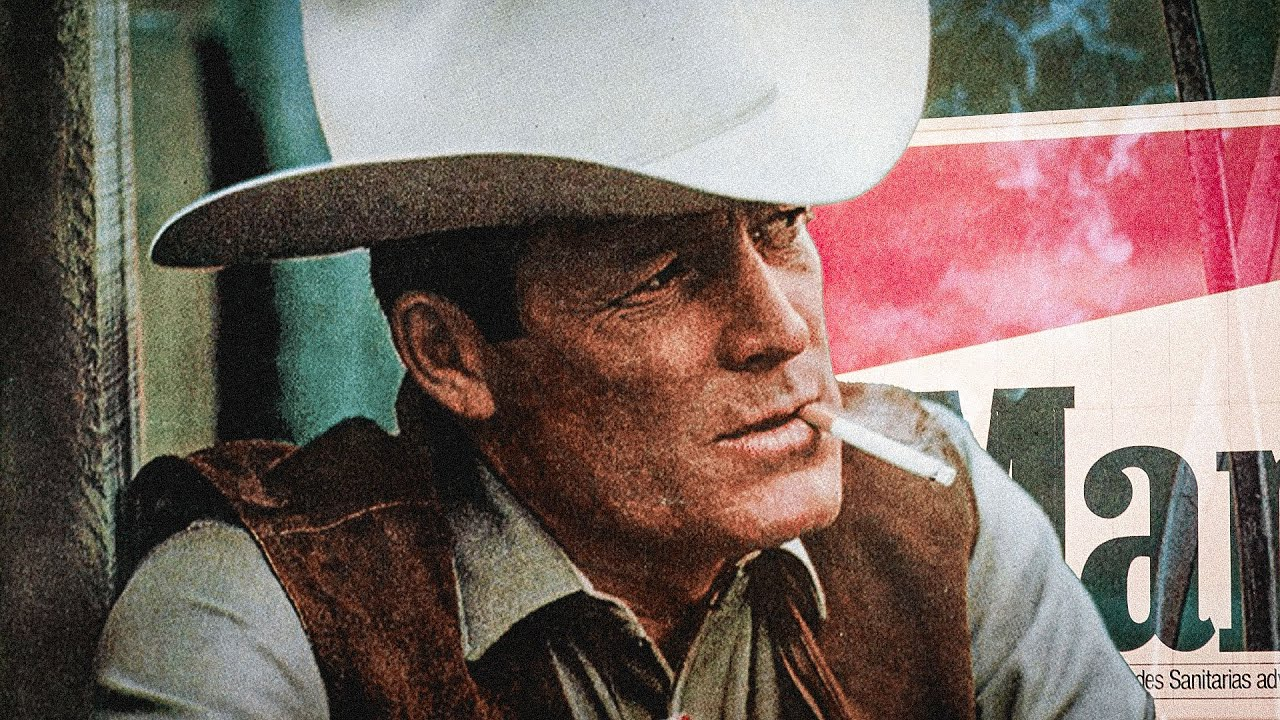
Leo Burnett’s iconic cowboy campaign achieved 85% brand recognition by 1972. Marlboro’s market share jumped from 1% to 32% during the decade. The rugged individualist image resonated so deeply that sales continued climbing even as health concerns emerged. This advertising phenomenon didn’t just sell cigarettes – it sold an American mythology that would influence marketing strategies for generations.
21. Horror Movies Go Mainstream: Frightening the Audience
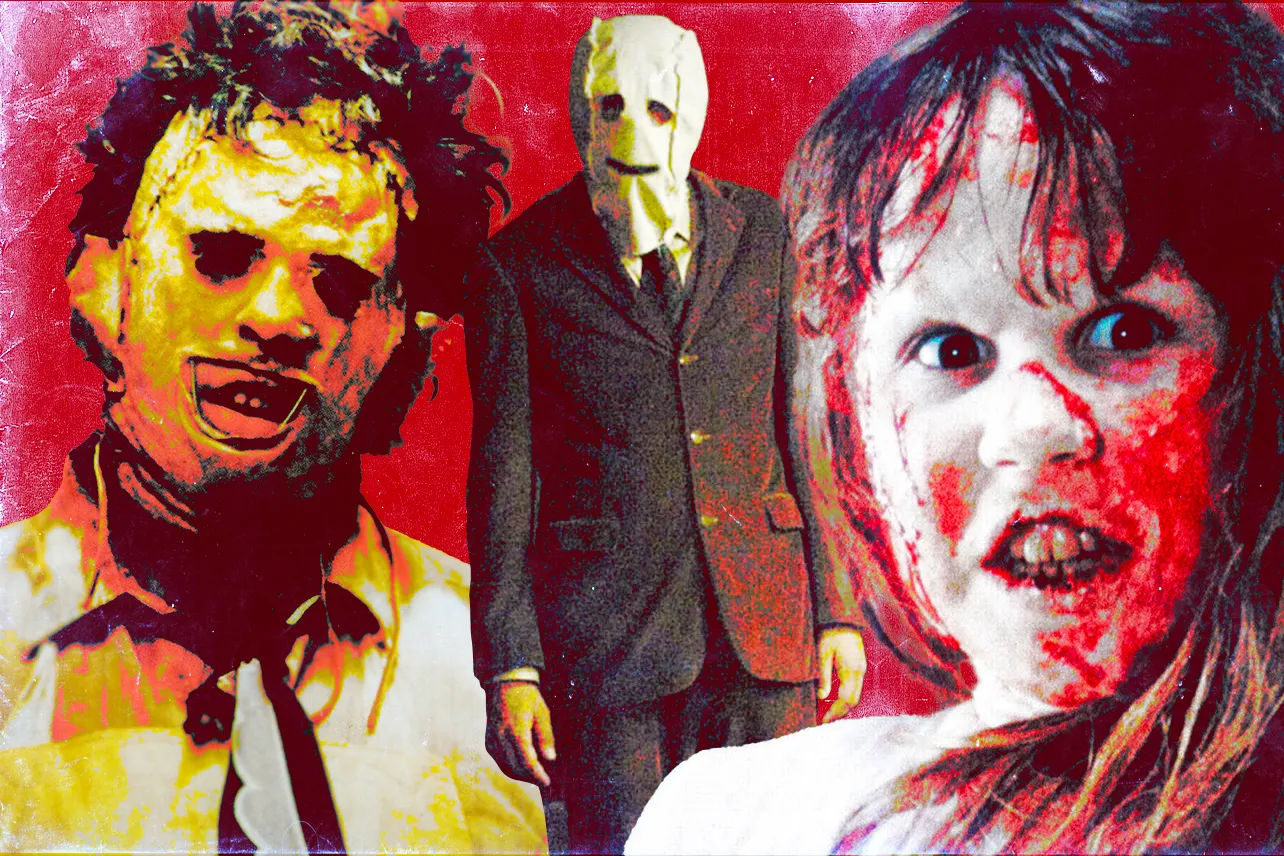
The horror genre clawed its way into mainstream respect with unprecedented box office success. The Exorcist shocked audiences and accountants alike, generating $193 million in 1973 dollars. Theater owners reported multiple fainting incidents per screening, leading to standby medical personnel. These groundbreaking films elevated horror from drive-in fare to critical acclaim, forever changing how Hollywood viewed the genre.
20. Vietnam War, Watergate, and Oil Crisis: News Headlines of the Decade
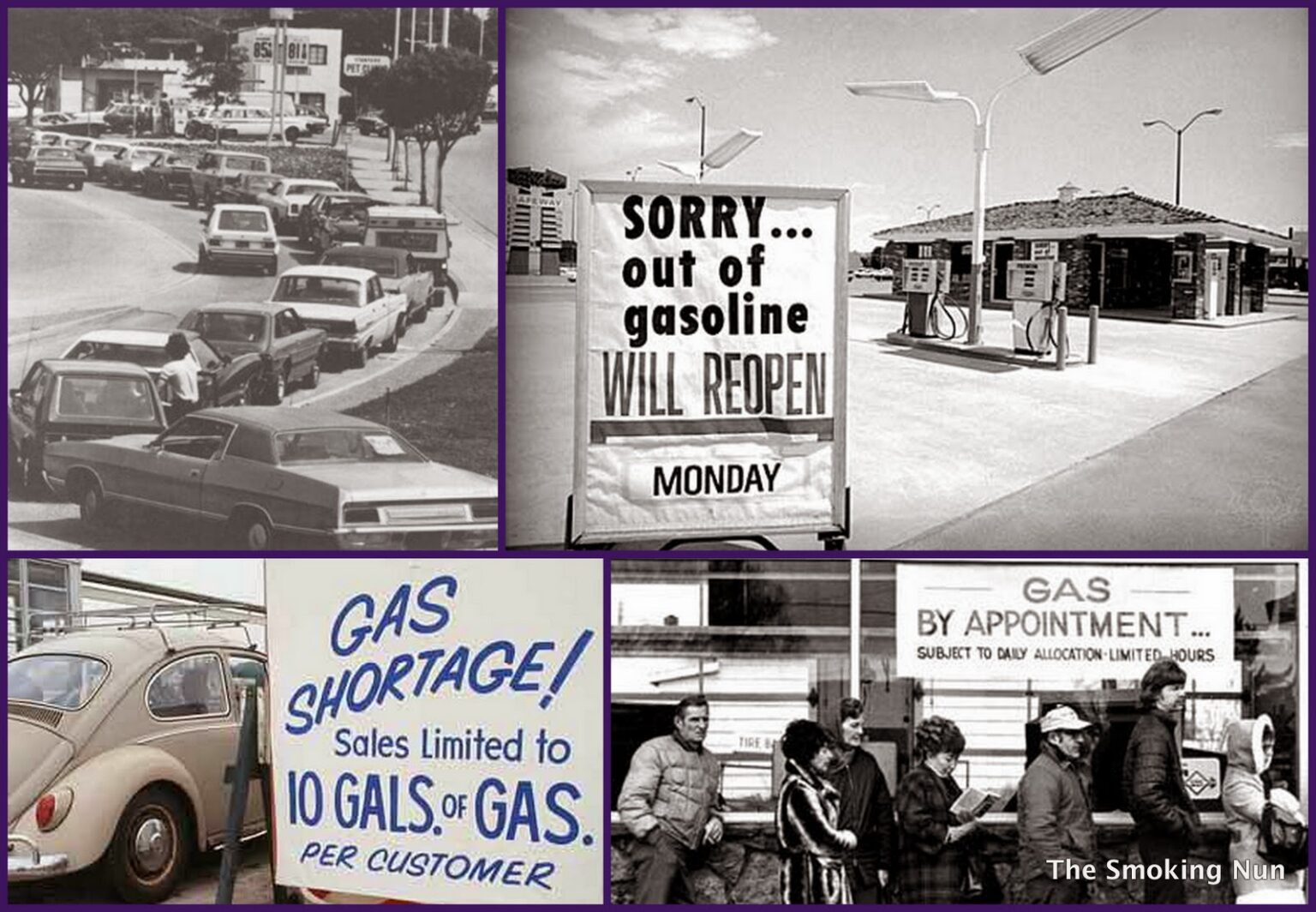
The nightly news transformed American living rooms into frontline seats to history. Walter Cronkite’s 72% trust rating made him America’s most credible voice during turbulent times. Network news broadcasts expanded to 60 minutes to accommodate unprecedented global events. If you watched TV during dinner, you witnessed a nation grappling with its identity through three simultaneous crises that forever changed how Americans viewed institutional authority.
19. Harvest Gold and Avocado Green: Kitchen and Bathroom Colors
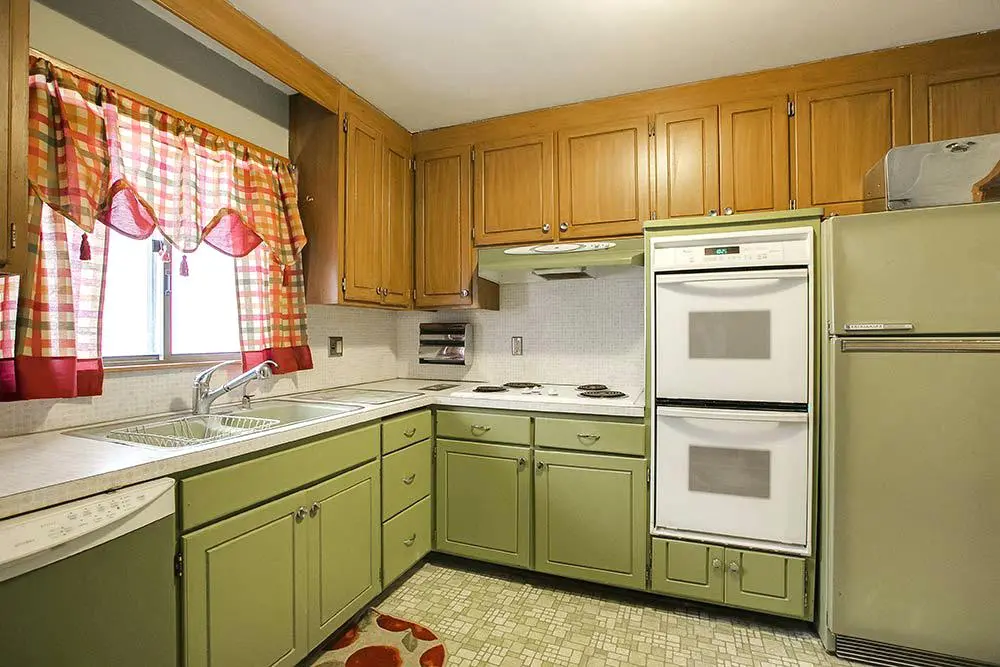
You couldn’t escape these colors if you tried – and in the 1970s, nobody tried. Major appliance manufacturers reported 82% of sales in these two signature shades. General Electric sold 1.2 million avocado green refrigerators in 1974 alone. What began as a fresh approach to kitchen décor became so ubiquitous that it defined an era’s aesthetic, influencing interior design trends for decades.
18. Motown, Rock, and Disco: Diverse Music Scene
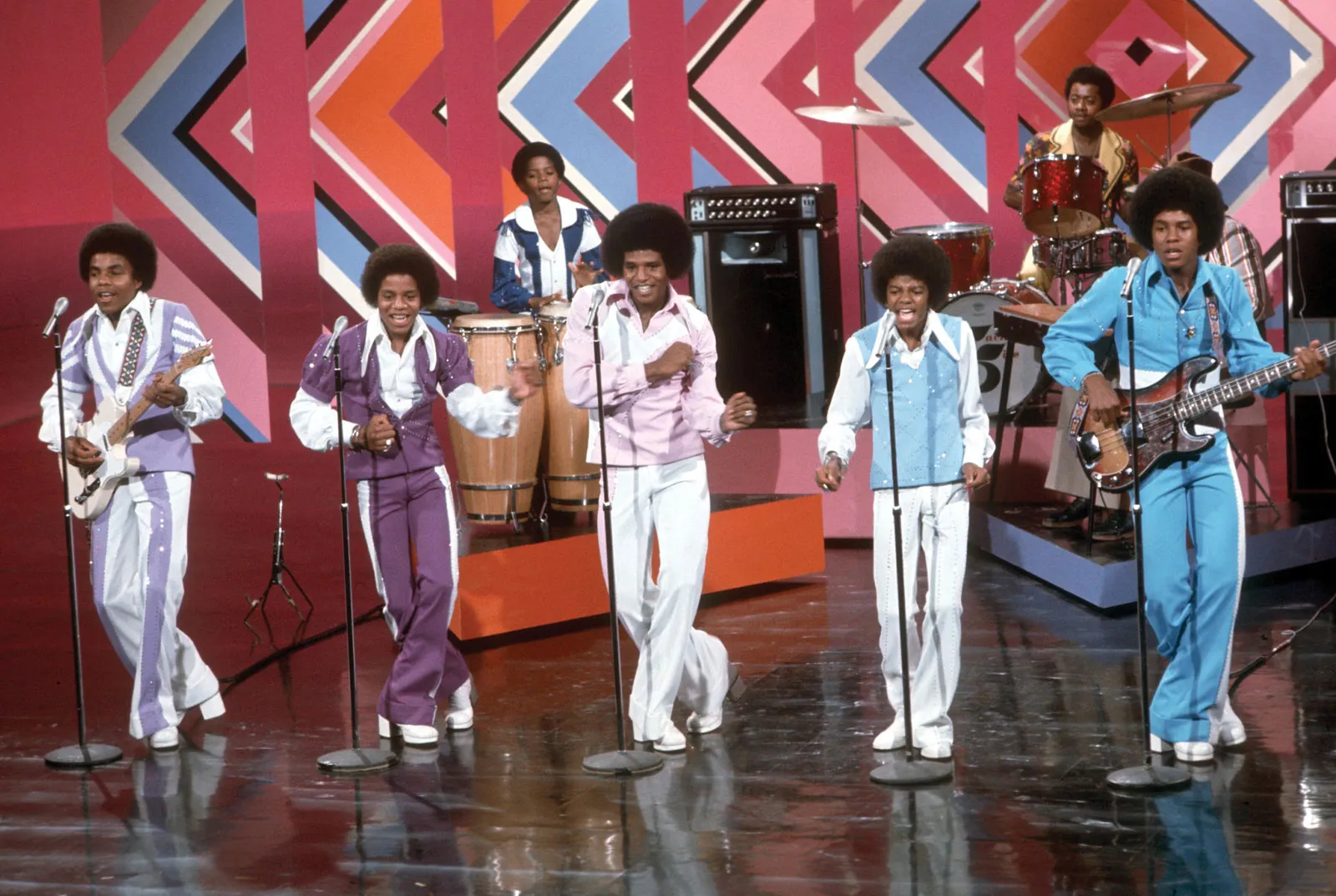
American music exploded with unprecedented diversity during the 1970s. Motown Records generated 70% of its total decade revenue from crossover hits. The Eagles’ “Hotel California” spent eight weeks at number one while competing with disco sensations. You could hear rock, soul, and disco playing simultaneously at any given party, creating a musical melting pot that revolutionized popular culture. If you really appreciate music from the 70s, then you might want to look into these 70 songs that defined music in that time.
17. Soul Train and The Midnight Special: Music TV Shows
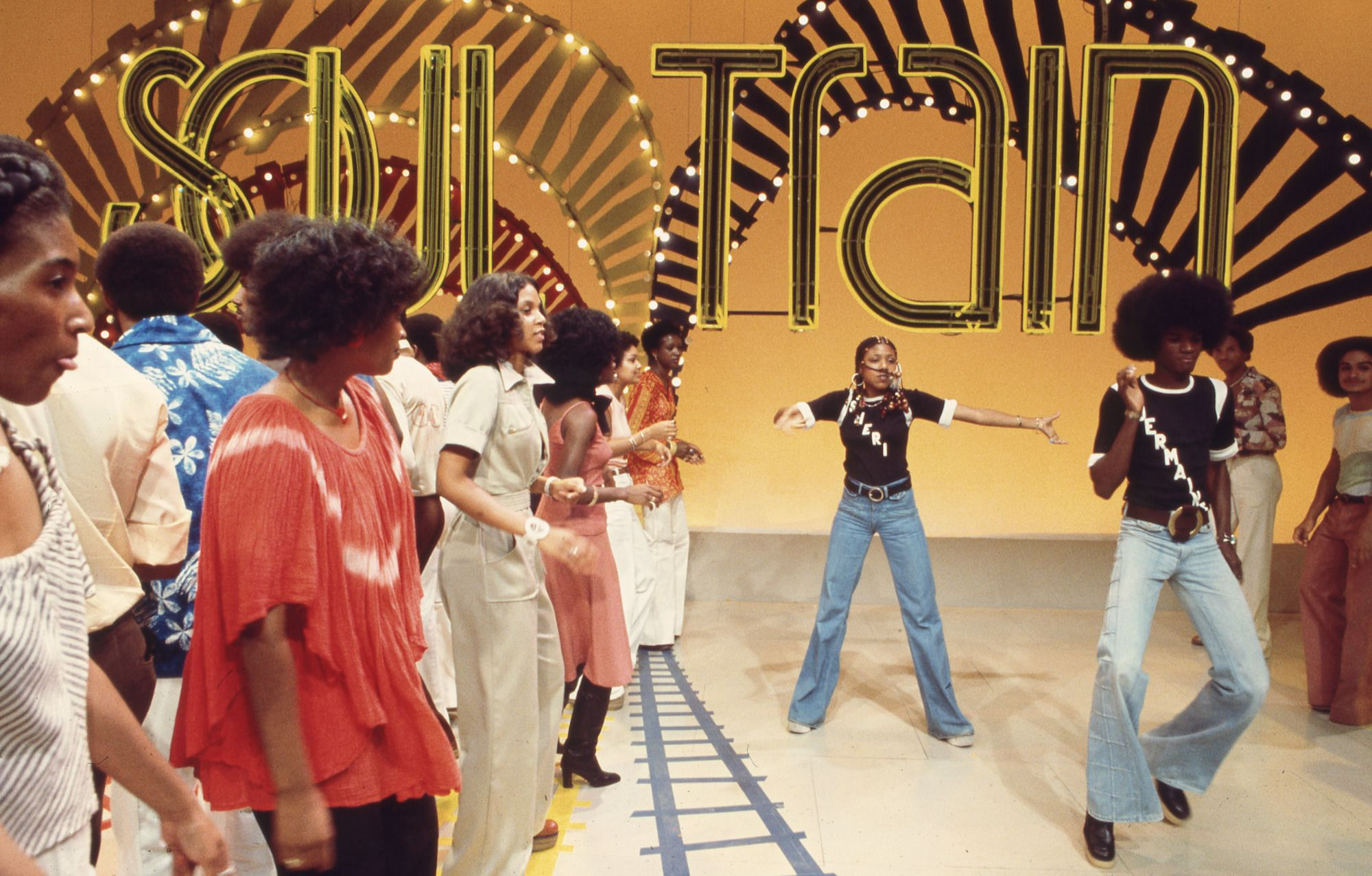
Don Cornelius’s Soul Train redefined music television with 35% market share in its Saturday afternoon slot. The Midnight Special captured 42% of late-night viewers, offering live performances when most shows used lip-syncing. These groundbreaking programs didn’t just showcase music – they provided platforms for cultural expression that would influence MTV and beyond.
16. Brady Bunch to Evel Knievel: Eclectic Prime Time TV
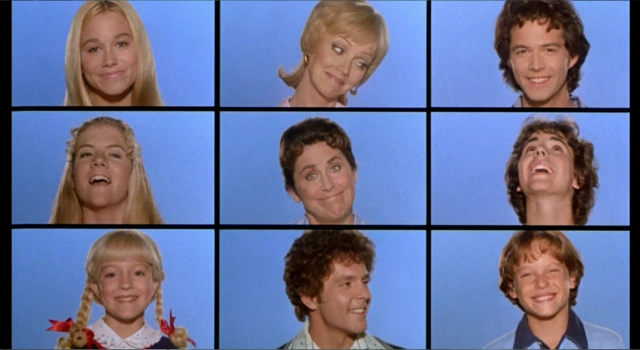
Television programming stretched from wholesome families to daredevil stunts. The Brady Bunch attracted 25 million weekly viewers, while Evel Knievel’s Snake River Canyon jump drew 56% of all TV viewers. You never knew whether you’d see Mike Brady dispensing fatherly wisdom or a motorcycle soaring over buses. This programming diversity established television’s ability to unite Americans across cultural divides.
15. Large Handle Comb: Hair Care Fashion
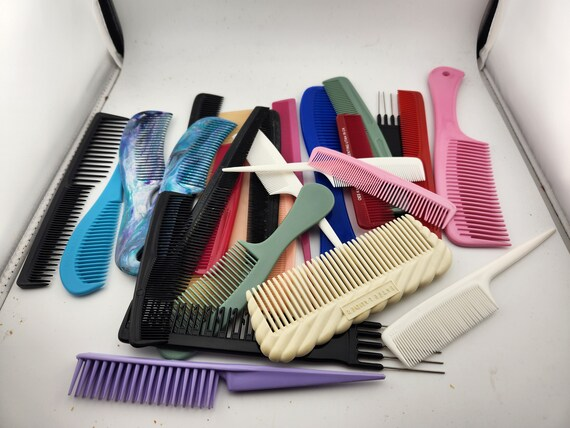
If you didn’t have a foot-long comb protruding from your back pocket, you simply weren’t part of the scene. Manufacturers shipped 15 million combs during 1975 alone. The iconic design, featuring 12-inch handles, became more fashion statement than grooming tool. What started as a practical way to maintain your feathered hairdo evolved into a cultural symbol that defined 1970s youth fashion.
14. Leisure Suits: Casual Statement for Men
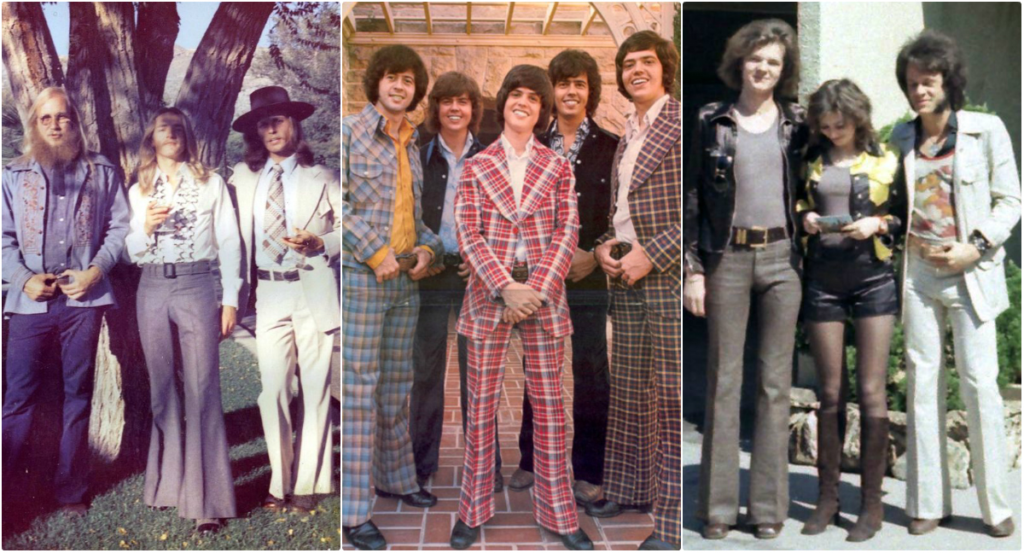
The polyester revolution reached its peak when leisure suits dominated men’s fashion. Sales soared to 8 million units in 1975, accounting for 30% of men’s apparel revenue. You could spot these double-knit wonders in every color imaginable, from powder blue to chocolate brown. These comfortable suits didn’t just change how men dressed – they challenged traditional boundaries between formal and casual wear.
13. Platform Shoes and Earth Shoes: Footwear Choices
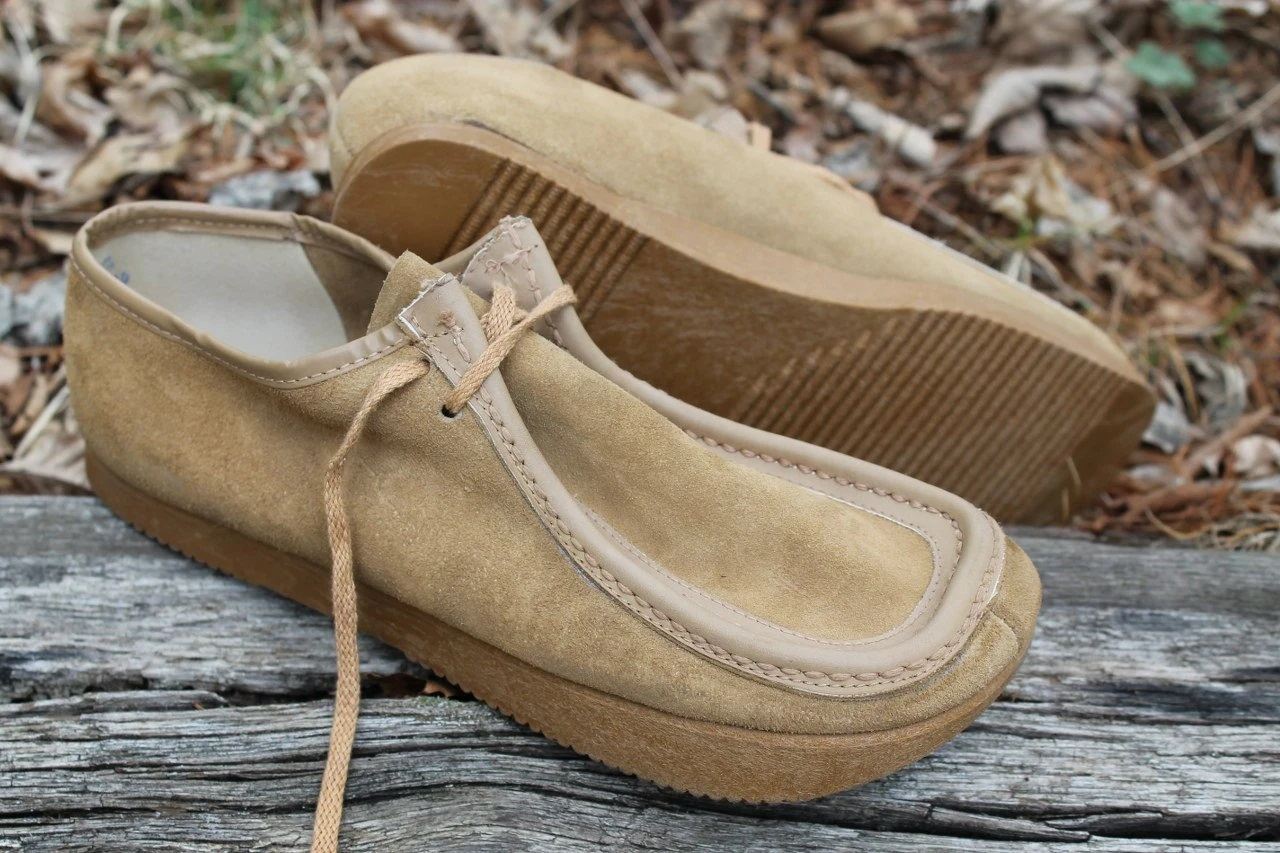
Americans literally elevated their fashion game with extreme footwear choices. Platform shoes reached heights of 4 inches, while Earth Shoes promoted their signature negative heel technology. If you weren’t teetering on platforms or embracing the earth-loving vibe, you weren’t walking the walk. These contrasting styles represented the decade’s dual nature – flashy disco glamour versus natural authenticity.
12. Bicentennial Celebration: Patriotic Pride
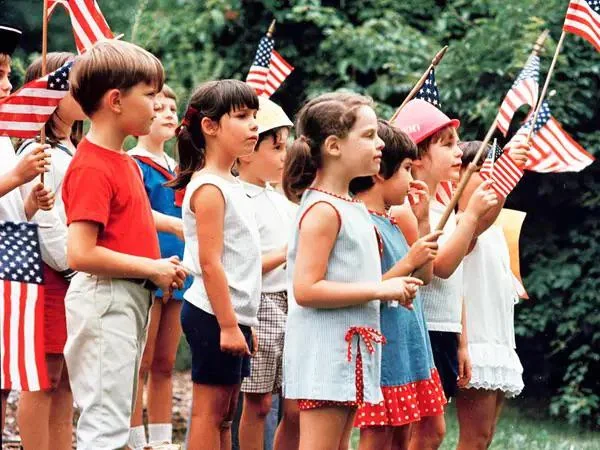
America’s 200th birthday party turned everything red, white, and blue in 1976. Manufacturers produced over 750,000 commemorative items during the celebration. The official Bicentennial minute reached 45 million viewers daily on television. This nationwide celebration didn’t just mark history – it reinvented patriotic expression for modern times, creating marketing opportunities that persist through every major national celebration.
11. Wacky Packages: Parody Trading Cards
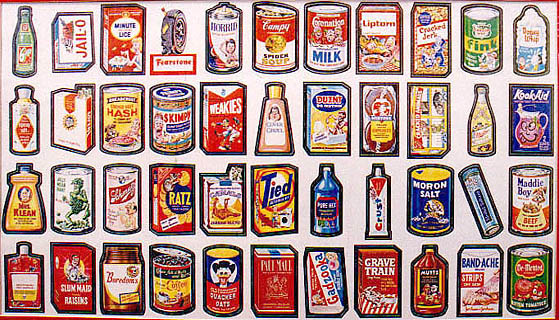
Topps revolutionized the trading card industry with these satirical stickers in 1973. Sales reached over 500 million cards annually, outselling baseball cards for the first time in history. Your elementary school probably banned them, which only made them more desirable. These irreverent parodies didn’t just mock consumer culture – they trained a generation to question advertising claims.
10. Water Beds: Wavy Sleep Sensation
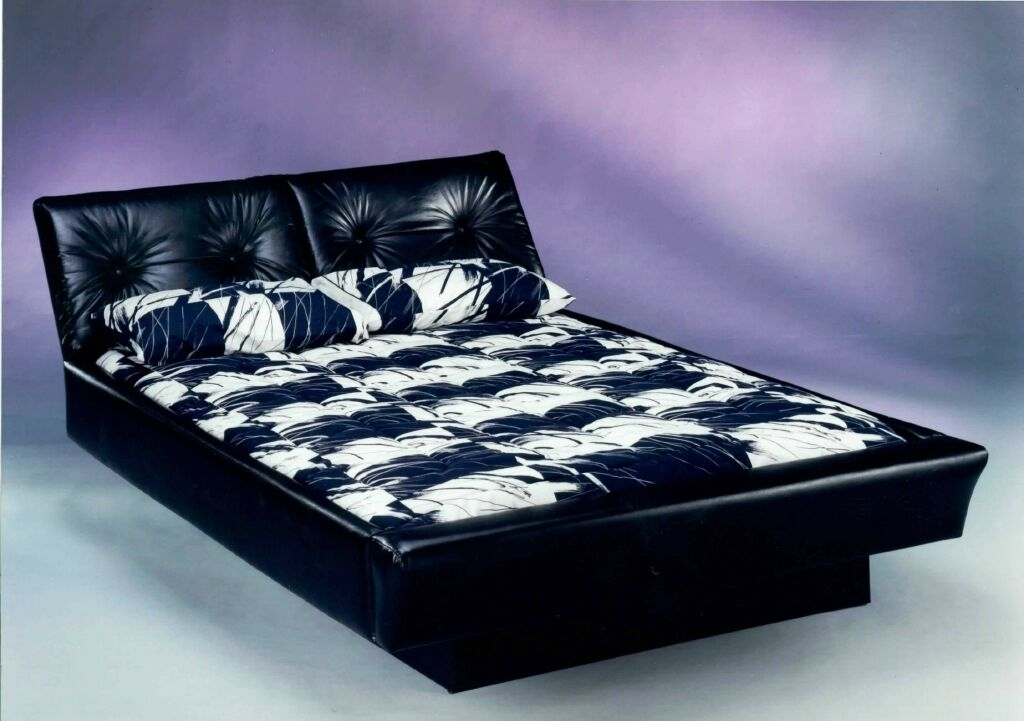
If you wanted to make a statement in your bedroom, nothing spoke louder than a water bed. Sales surged to 1 million units in 1975, with prices ranging from $300 to $2,000. You needed a structural engineer just to determine if your floor could support one – these liquid loungers weighed up to 2,000 pounds when filled. What began as a counterculture novelty transformed bedroom furniture marketing, introducing the concept of the bed as a lifestyle choice.
9. Death of Elvis Presley: A Shocking Loss
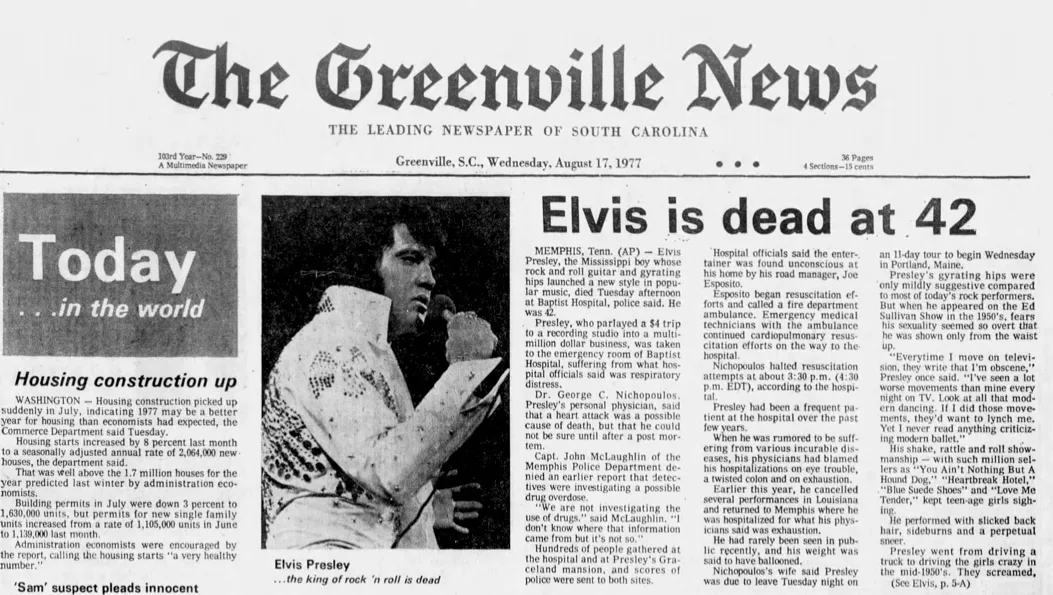
August 16, 1977, brought American music to a standstill. Radio stations played 24-hour Elvis marathons, while record stores reported selling over 2 million albums in the week following his death. Memphis received 80,000 mourners at Graceland. The King’s passing didn’t just mark the end of an era – it created the template for how popular culture processes the loss of its icons.
8. Skateboards: Cruising the Streets
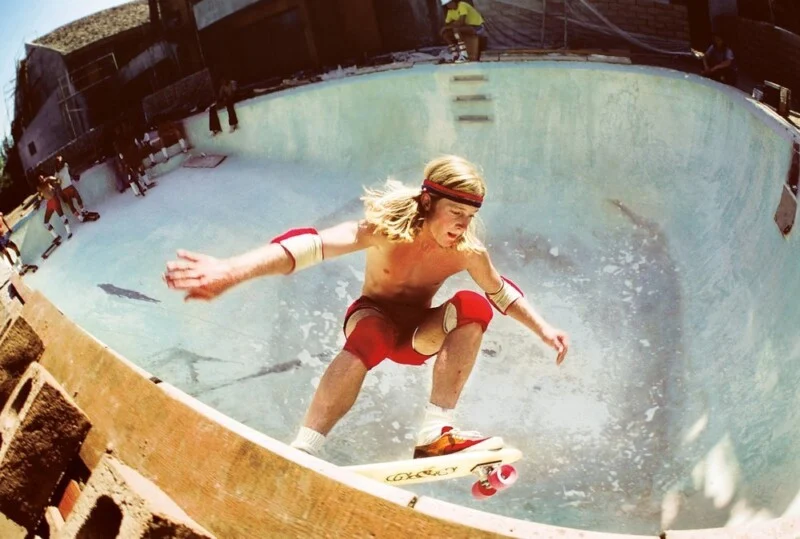
The skateboarding phenomenon rolled from California surf culture into nationwide obsession. Manufacturing exploded from 10,000 to 20 million boards between 1975 and 1977. The introduction of urethane wheels and sealed precision bearings revolutionized the sport’s possibilities. Every suburban driveway became a potential skate park, transforming how young Americans viewed urban landscapes as recreational spaces.
7. Lava Lamp: Bedroom Mood Lighting

Lava Lite’s hypnotic creation defined atmospheric lighting for a generation. Annual sales reached 2.8 million units during peak popularity in 1974. If you wanted your room to look groovy, the $12.95 investment was non-negotiable. These mesmerizing lights didn’t just illuminate rooms – they established mood lighting as an essential element of personal space design.
6. Stretch Armstrong: The Stretchy Toy
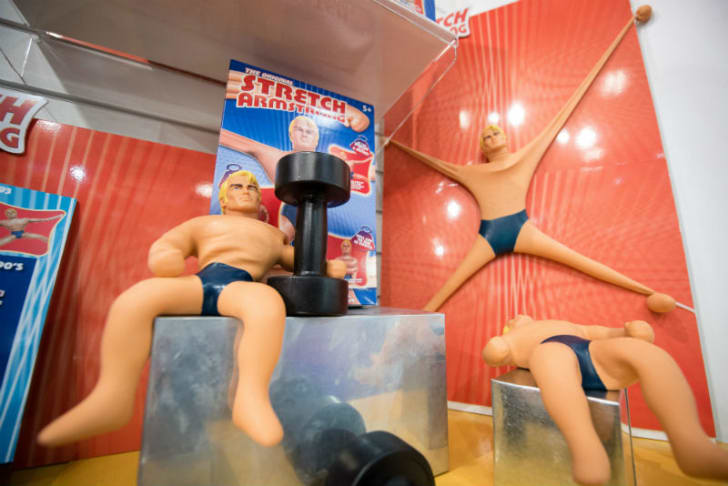
Kenner’s innovative action figure stretched toy technology to new limits in 1976. The $11 price tag didn’t deter parents from buying over 67 million units in the first year. You could stretch him up to four times his original size, though everyone tried for more. This corn syrup-filled wonder didn’t just entertain – it revolutionized toy manufacturing with new material applications.
5. Mad Magazine: Humor and Satire

The gap-toothed grin of Alfred E. Neuman greeted 2 million readers monthly at its 1974 peak. A subscription cost just $1.25 per issue, delivering biting satire that shaped young minds across America. If your parents disapproved, you knew you were reading something worthwhile. Mad didn’t just publish jokes – it trained a generation to question authority and recognize media manipulation through humor.
4. Dynamite Magazine: Teen Celebrity News
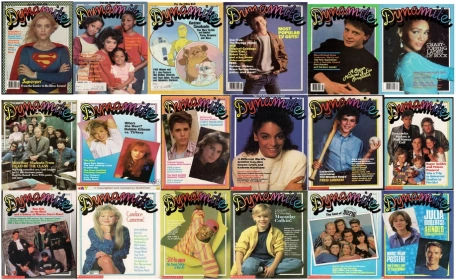
Scholastic’s foray into youth culture captured the teen market with unprecedented success. Monthly circulation reached 1 million copies by 1976, with over 100,000 school-based subscribers. You weren’t cool unless you had the latest issue tucked into your notebook. Dynamite bridged the gap between educational publishing and entertainment, creating a new category of youth media that respected its readers’ intelligence.
3. Farrah Fawcett: The Hairstyle Icon

That legendary 1976 poster sold a record-breaking 12 million copies, transforming hairstyling nationwide. Salons reported 80% of customers requesting the distinctive feathered look. Pro-Art Poster Company earned $400,000 in royalties from this single image. Farrah’s signature style didn’t just change hair fashion – it established the power of celebrity influence over personal grooming choices.
2. Shaun Cassidy and Leif Garrett: Teen Heartthrobs
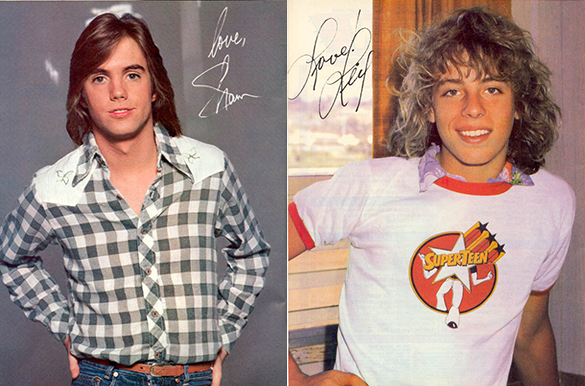
Teen idol mania reached fever pitch when these two dominated Tiger Beat covers. Cassidy’s “Da Doo Ron Ron” sold 1 million copies in 1977, while Garrett’s fan club boasted 200,000 members. If you were a teenage girl, your bedroom walls probably showcased at least one of their posters. These teen sensations didn’t just sell records – they established the modern template for marketing young performers to youth audiences.
1. Smokey and the Bandit and CB Radios: Action and Communication
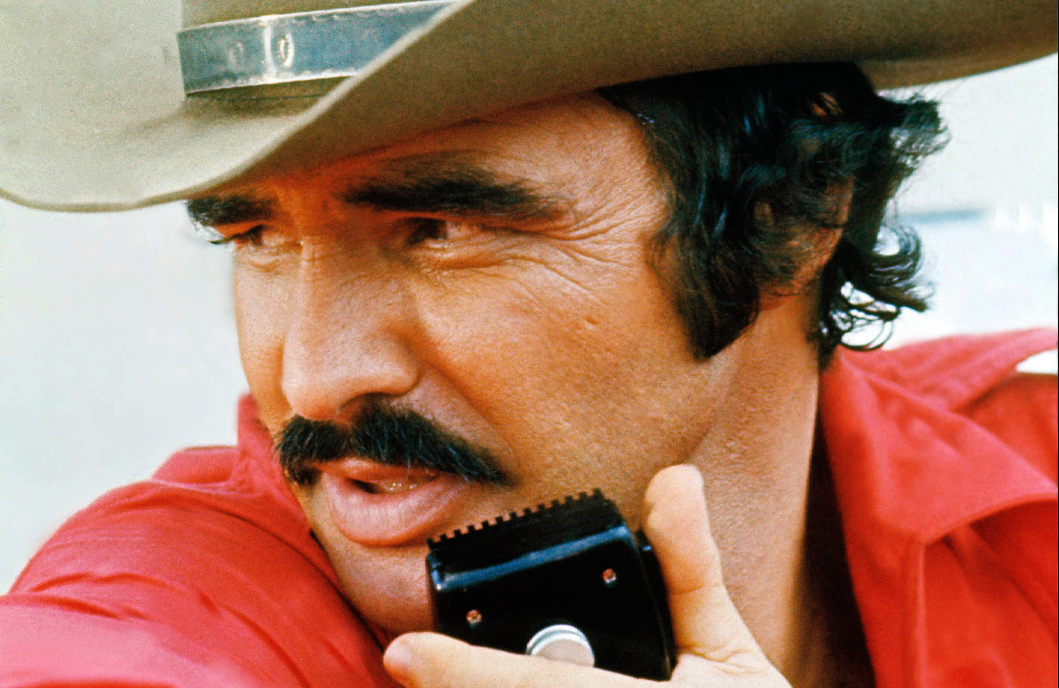
Burt Reynolds’ adventure comedy accelerated America’s CB radio craze to new heights. CB radio sales exploded to 25 million units by 1977. The film grossed $300 million while popularizing trucker culture and CB slang. Every kid knew their “handle” and proper radio etiquette, breaker 1-9. This perfect storm of Hollywood and technology didn’t just entertain – it created a nationwide social network decades before the internet.




